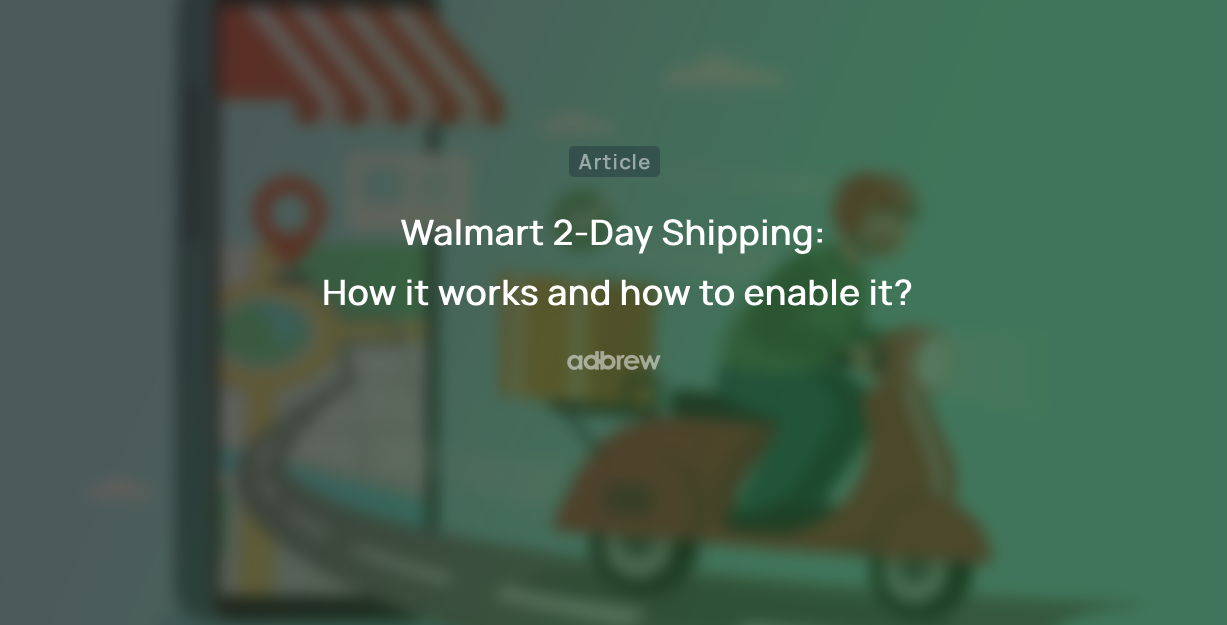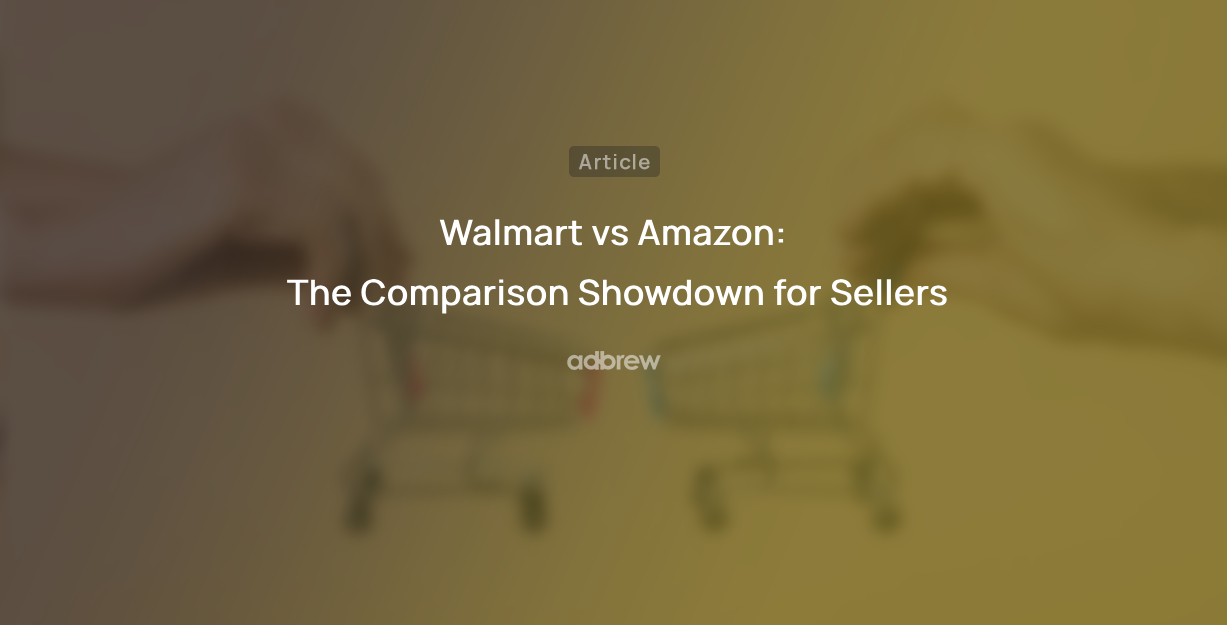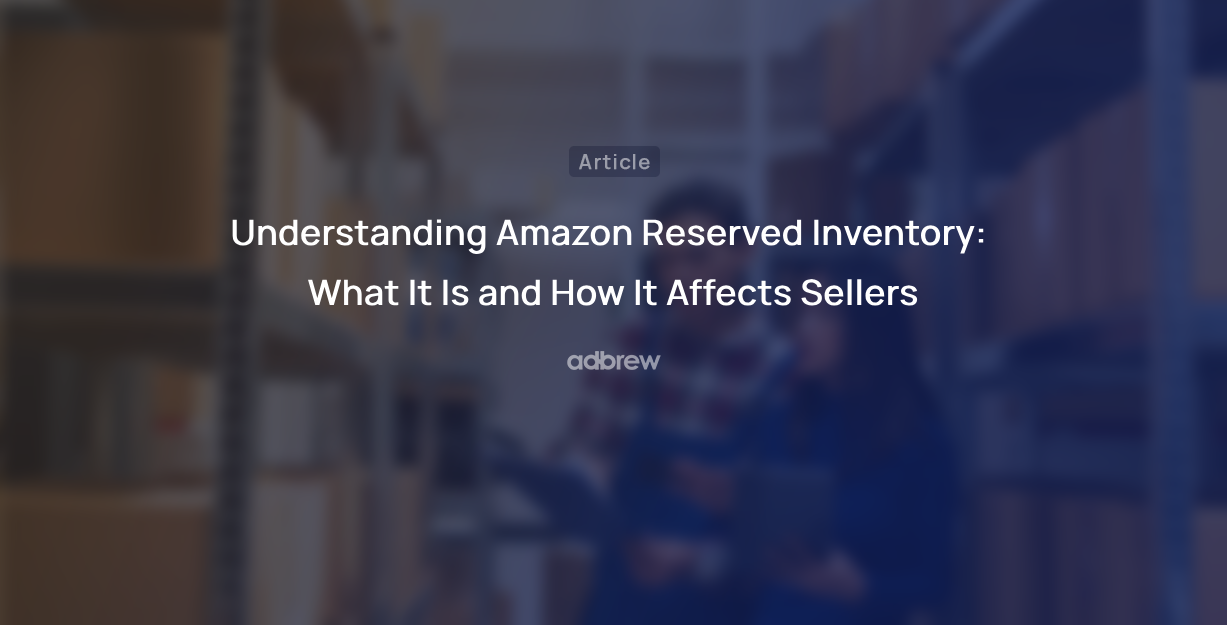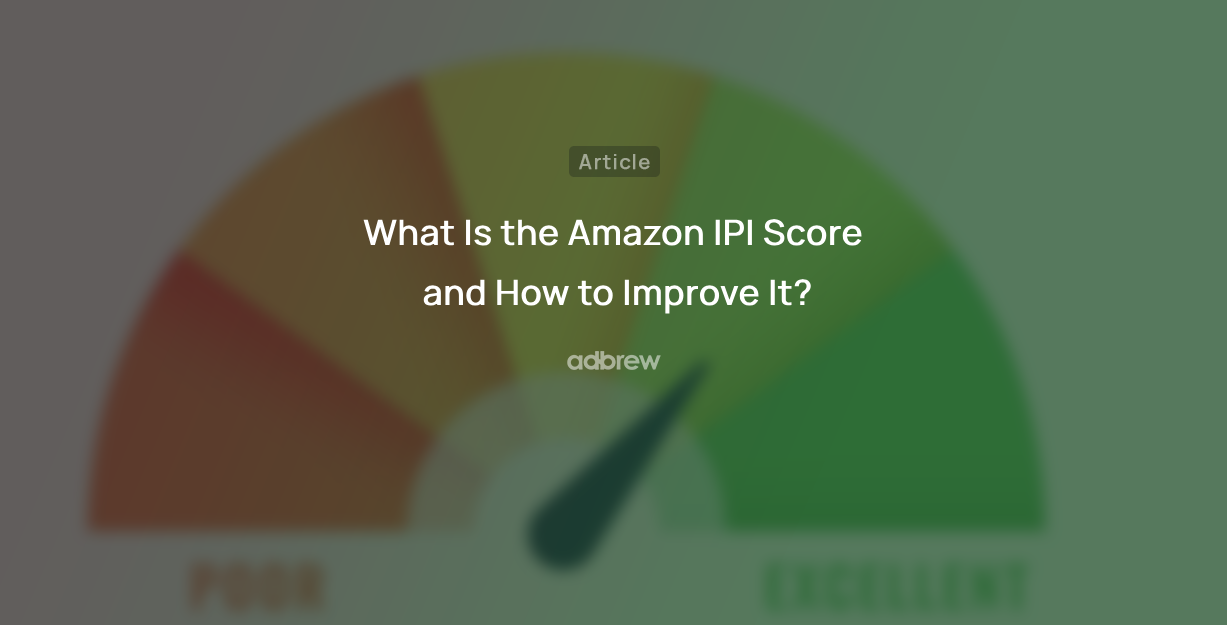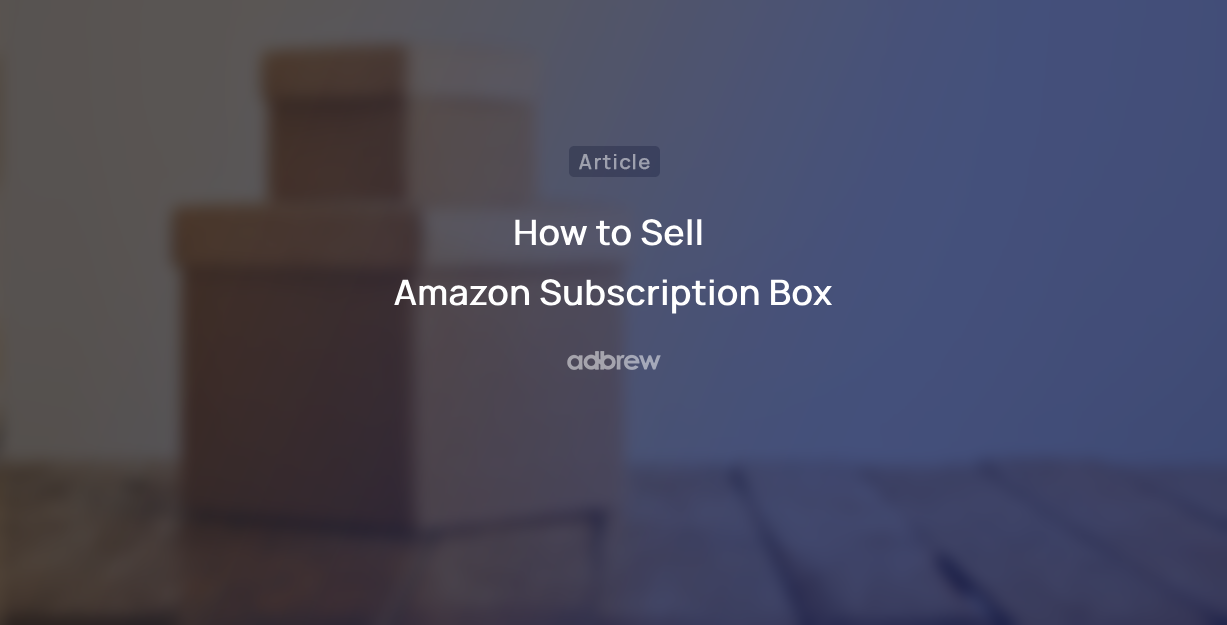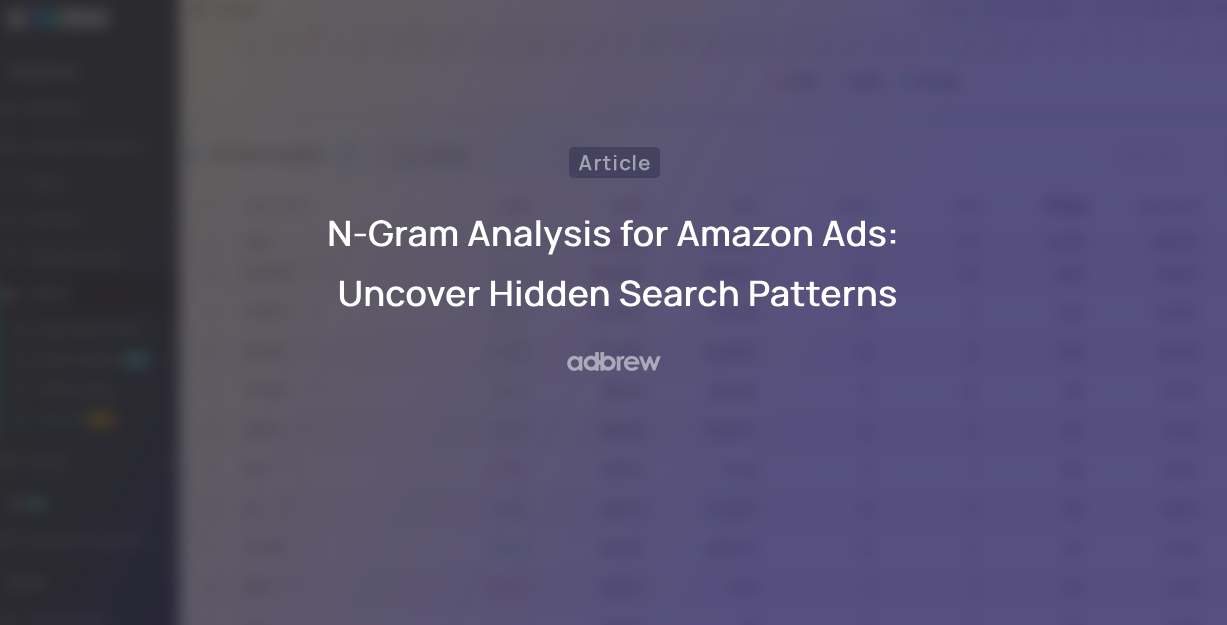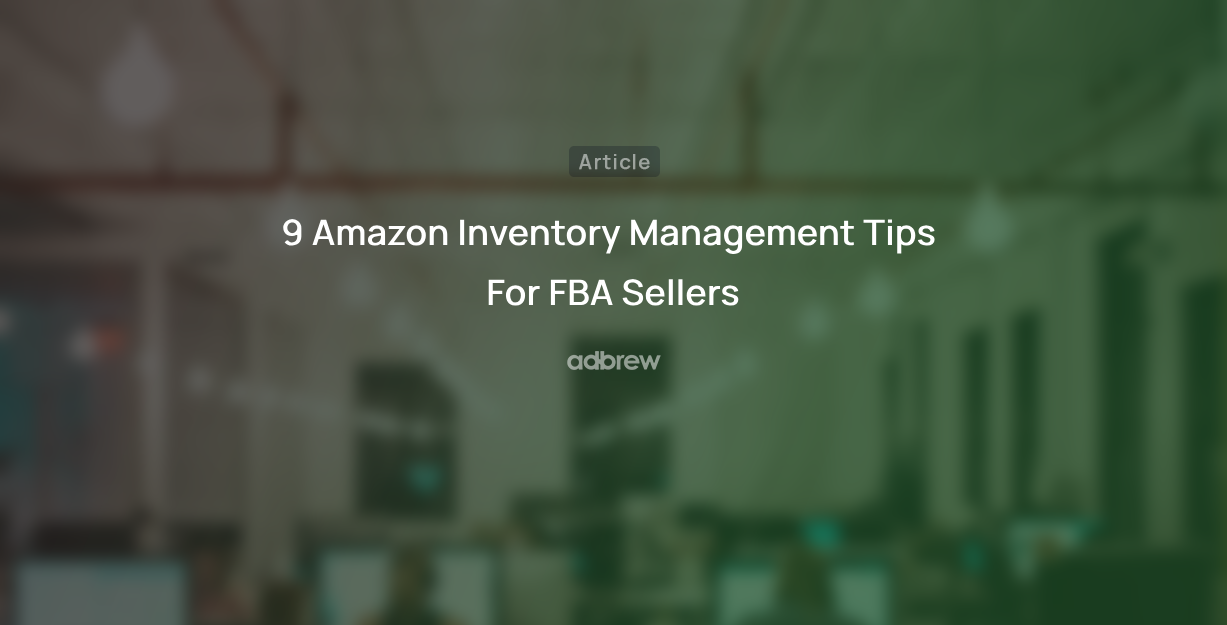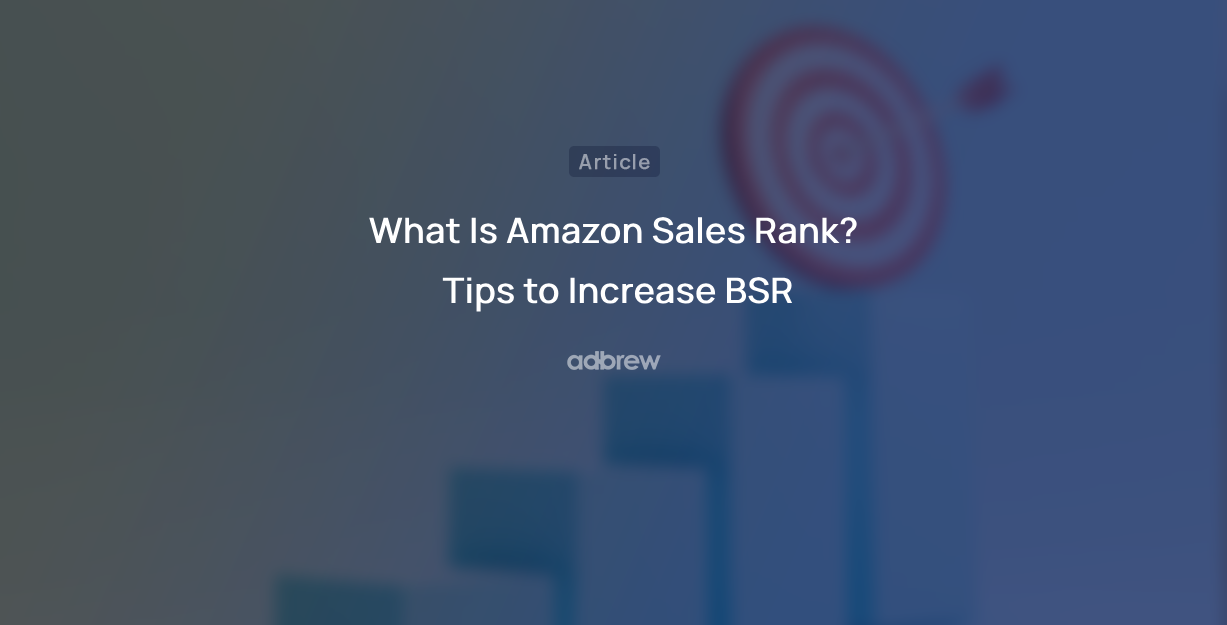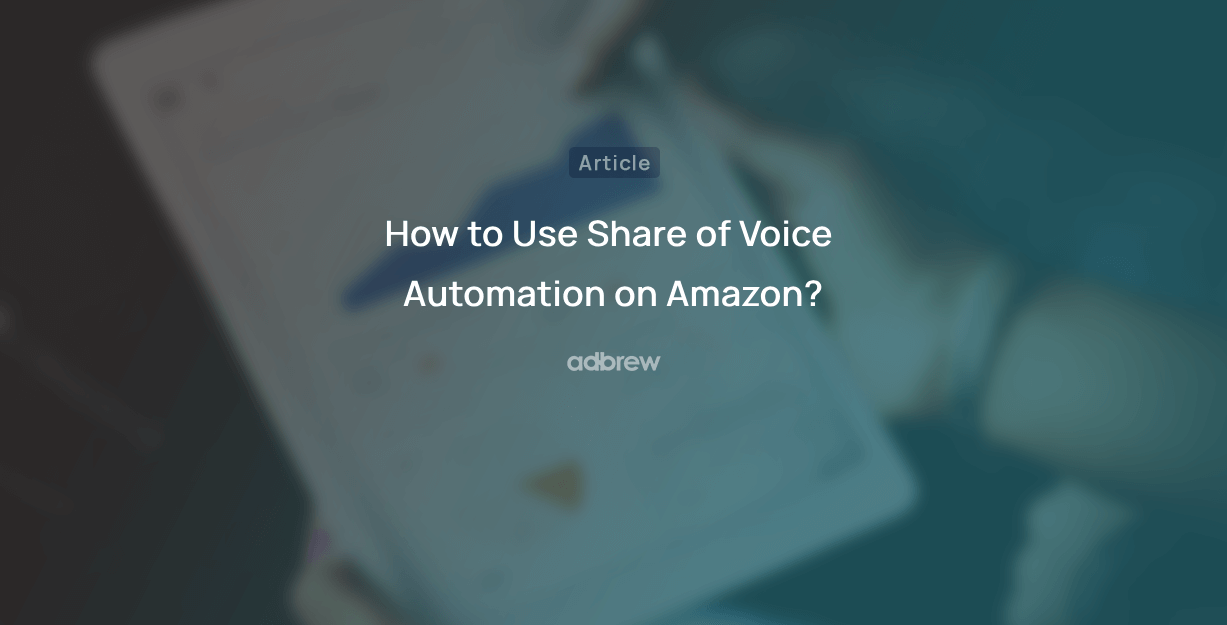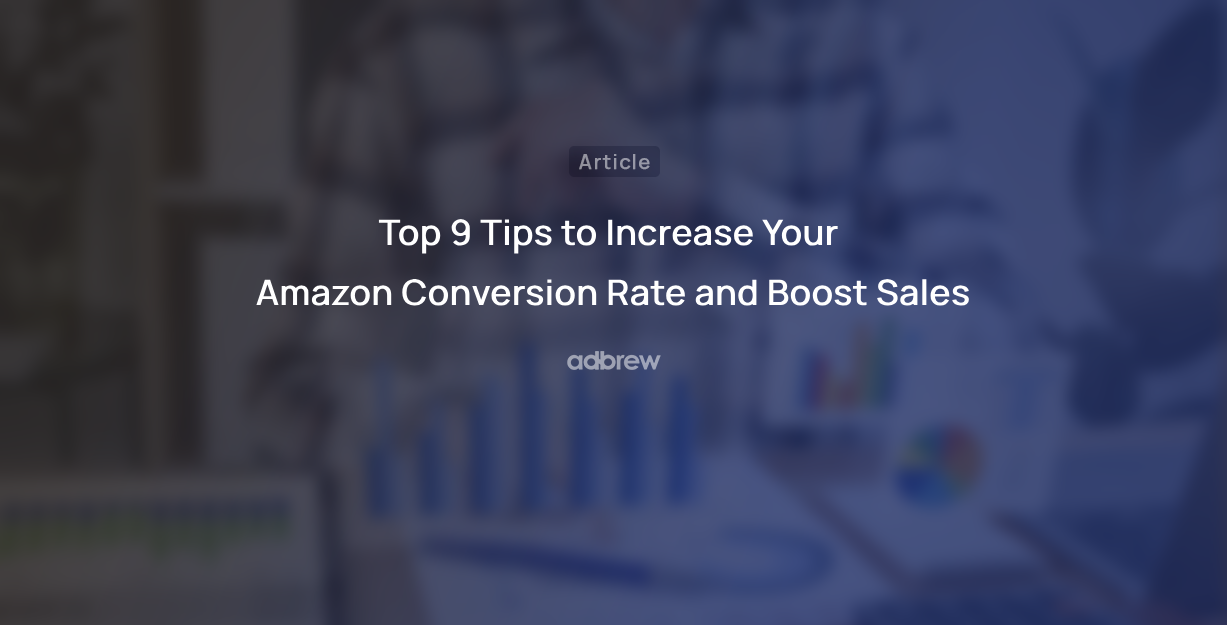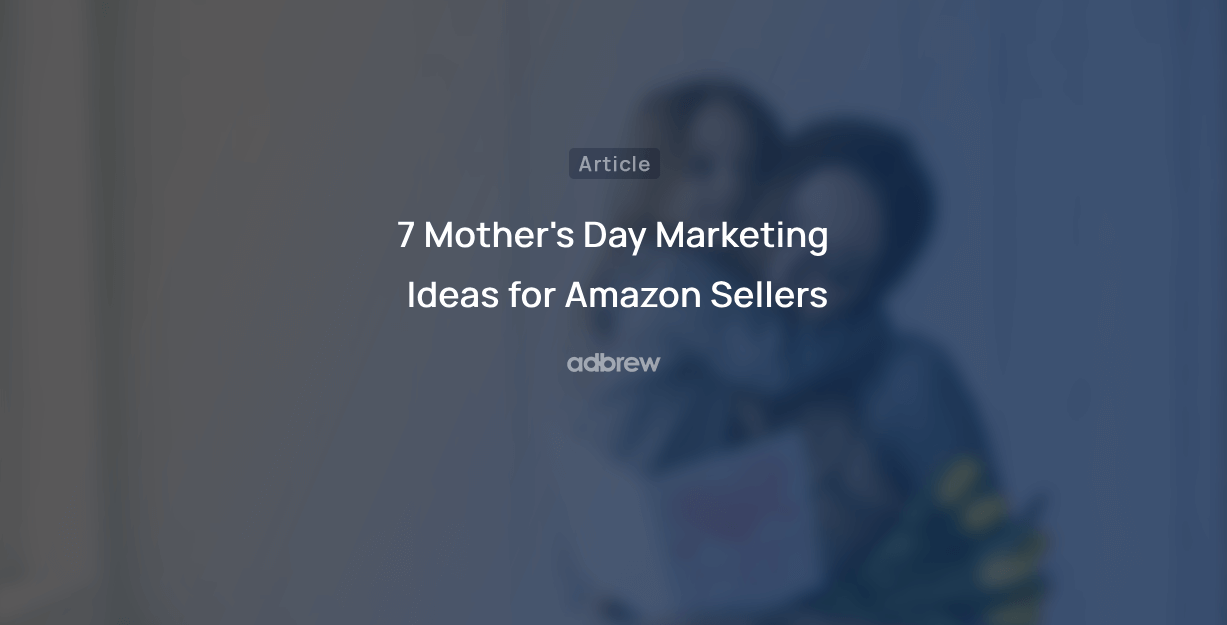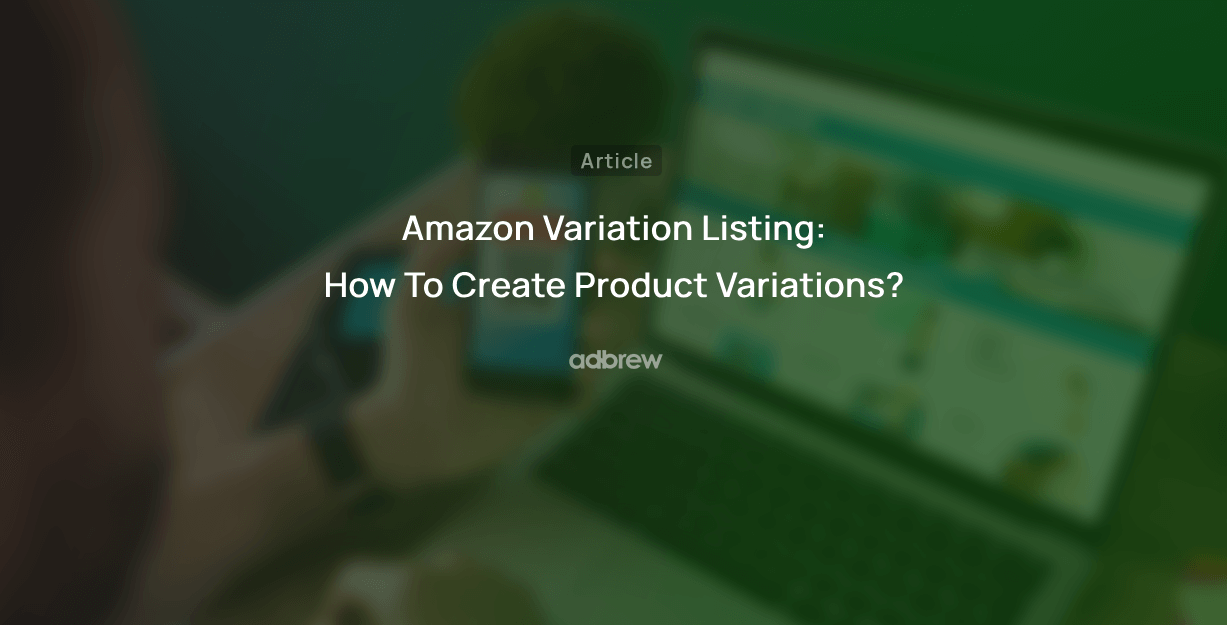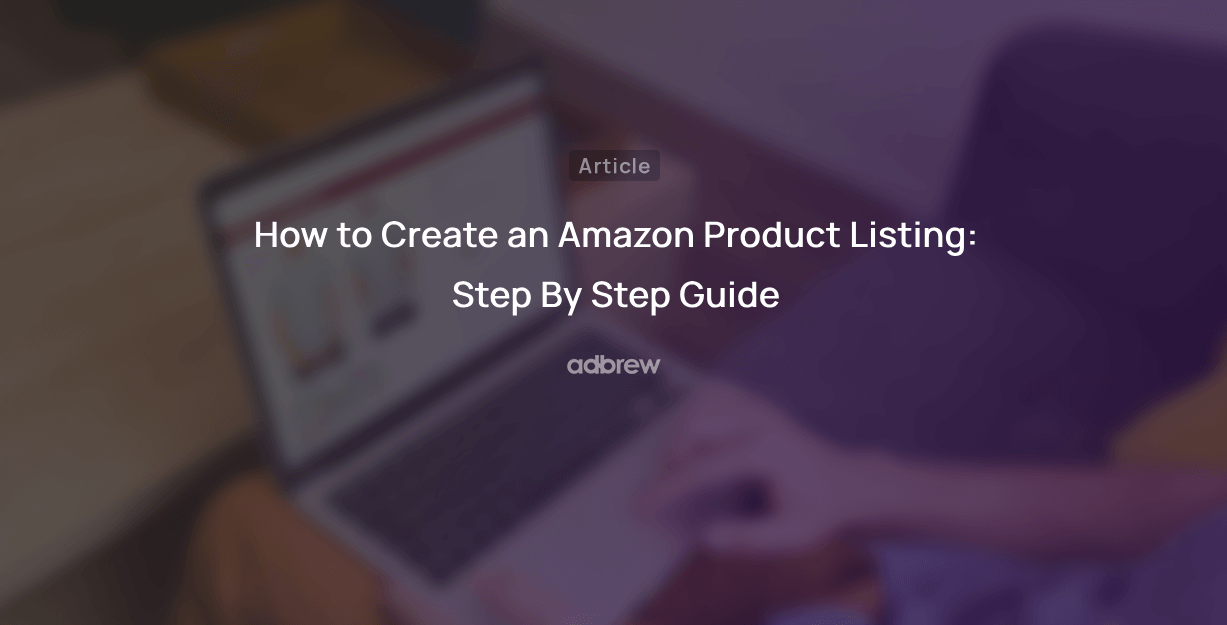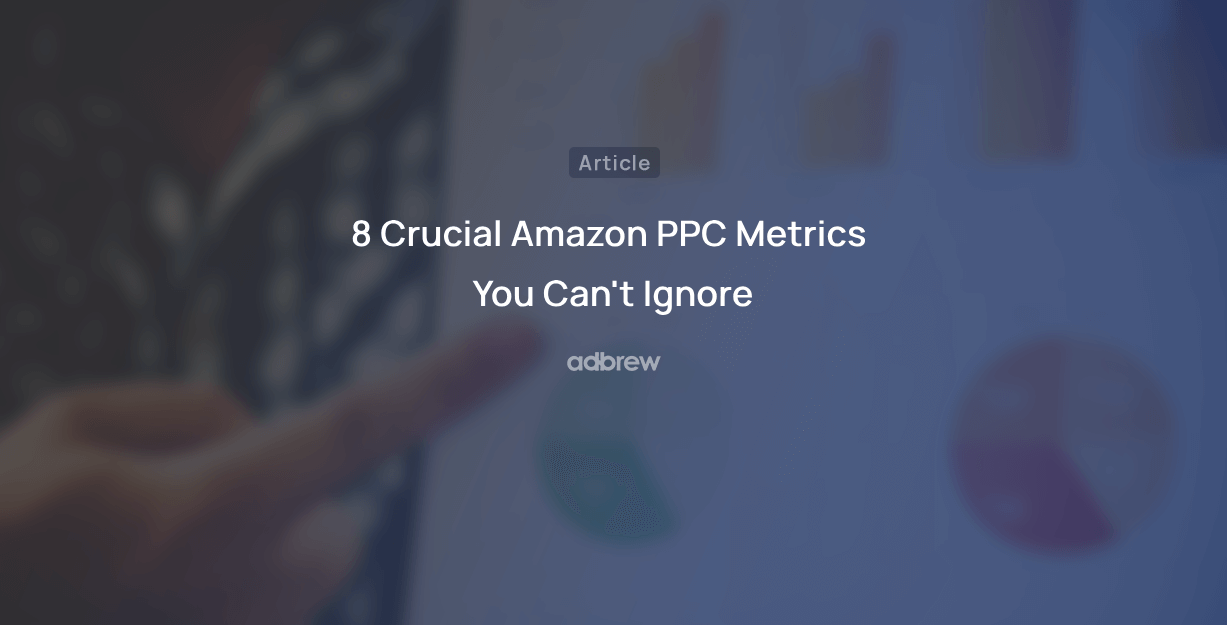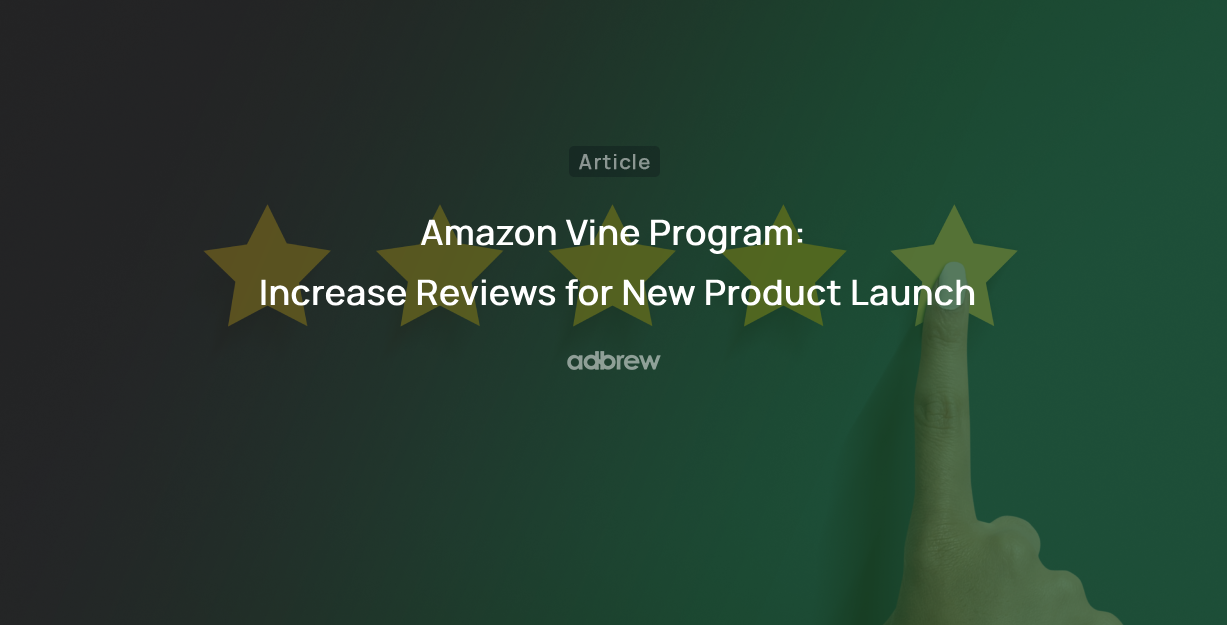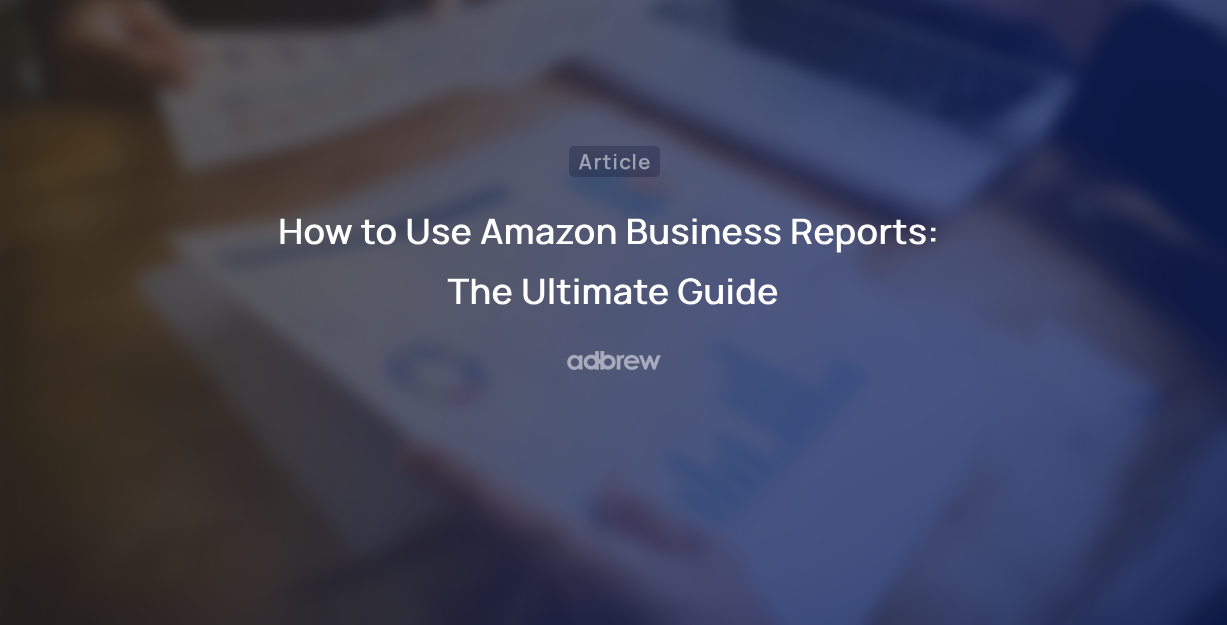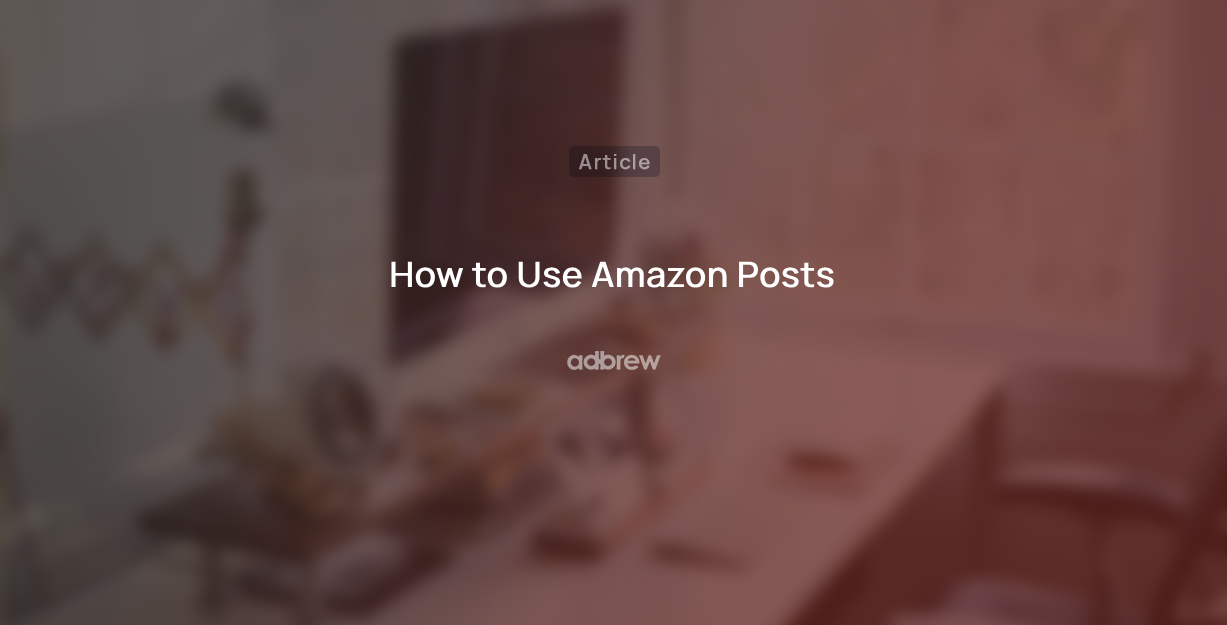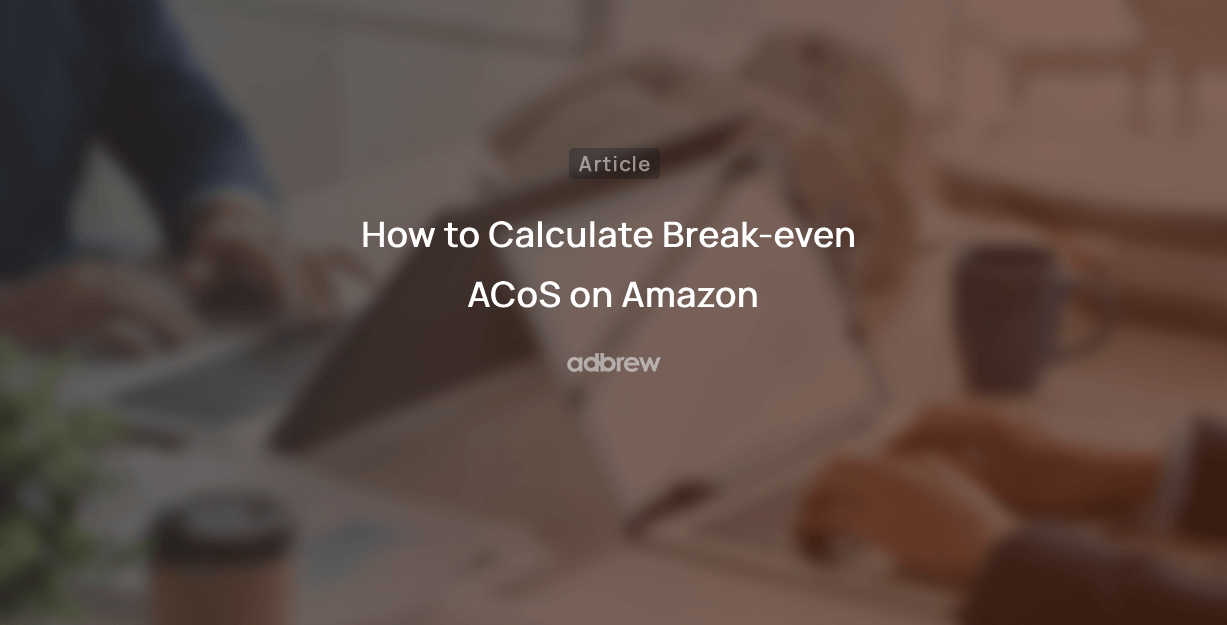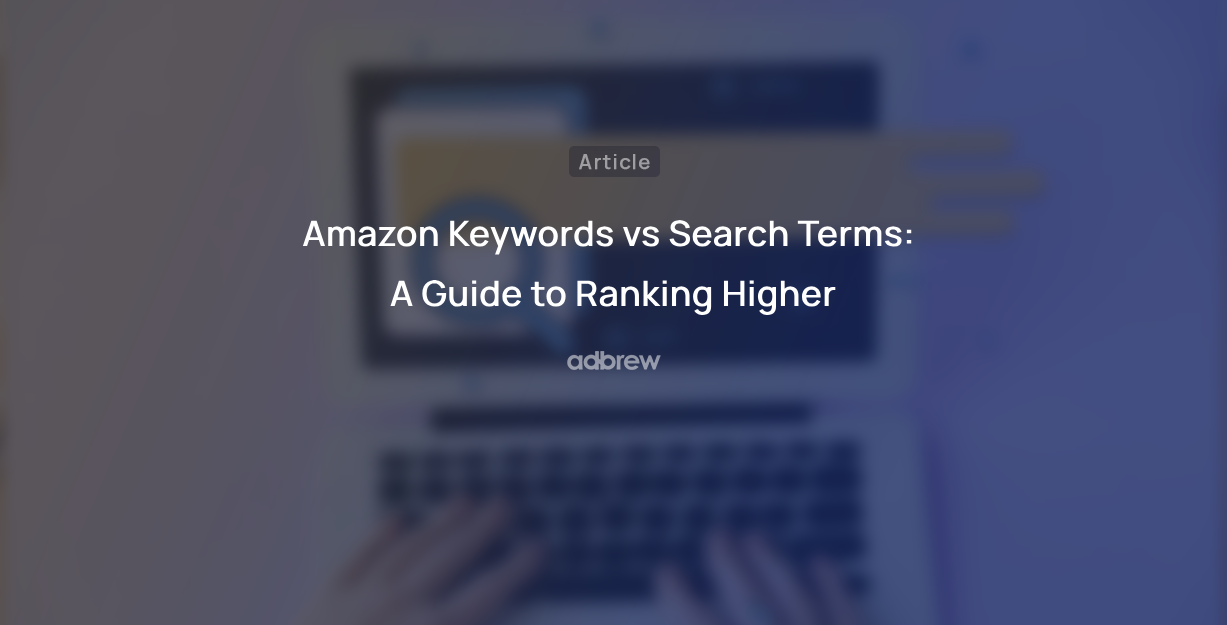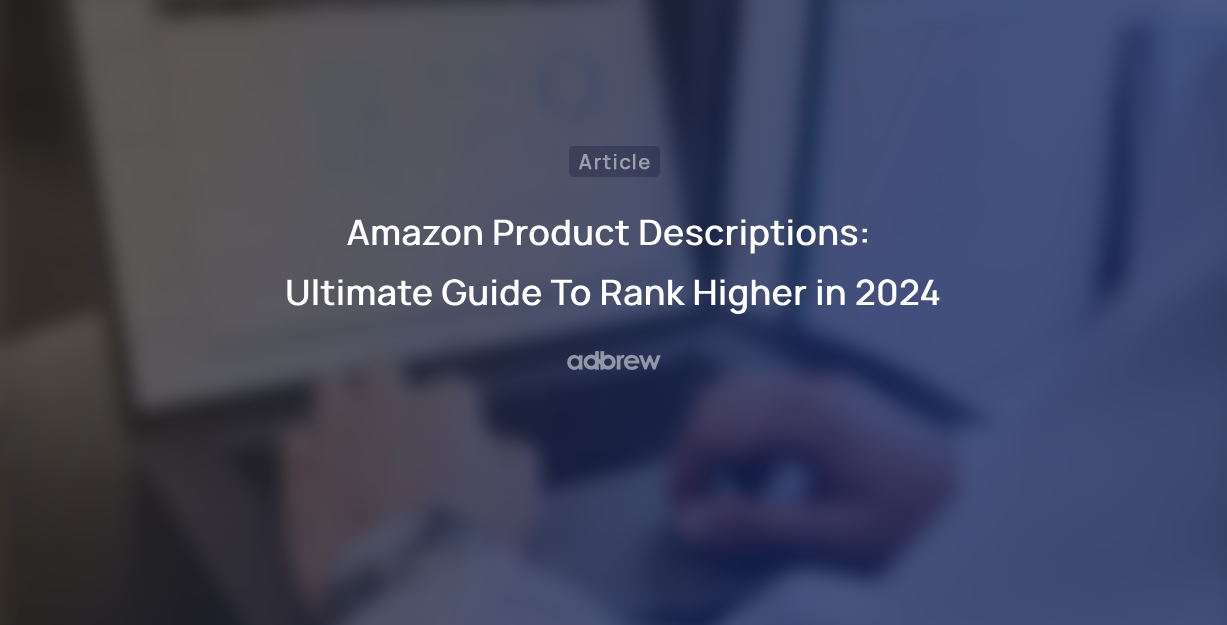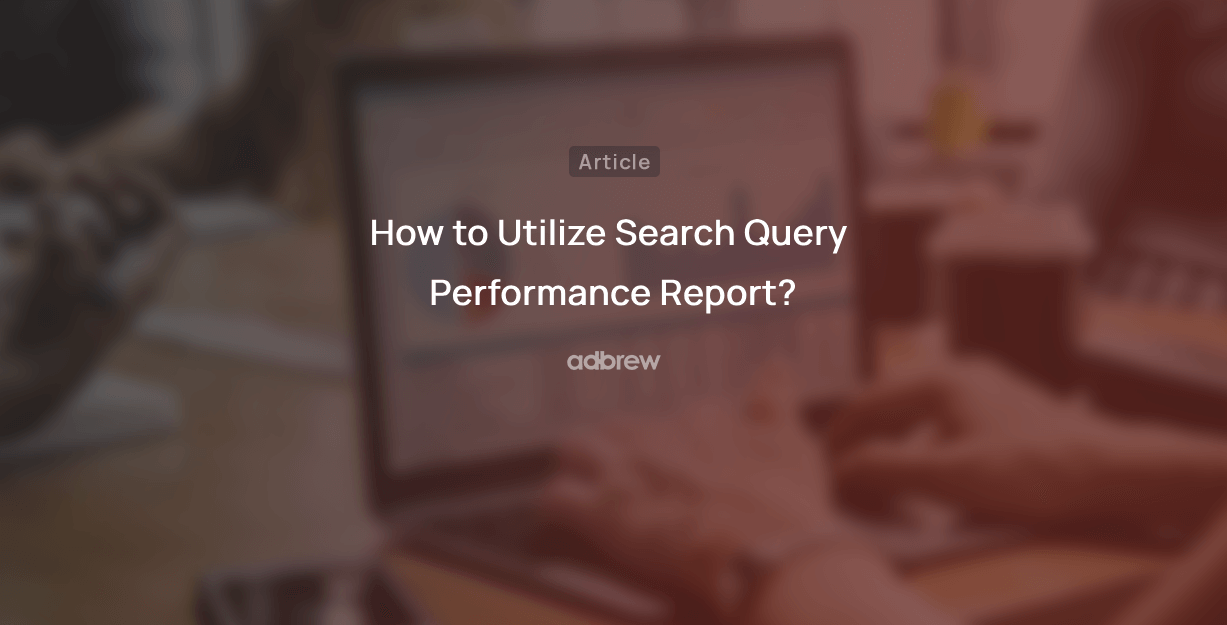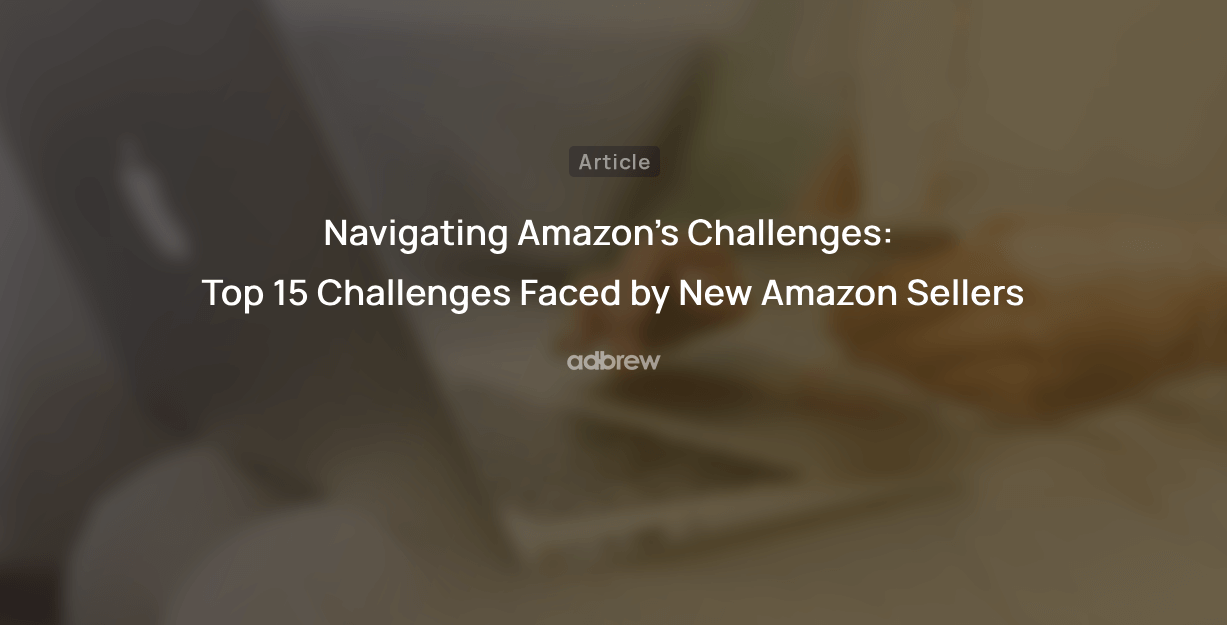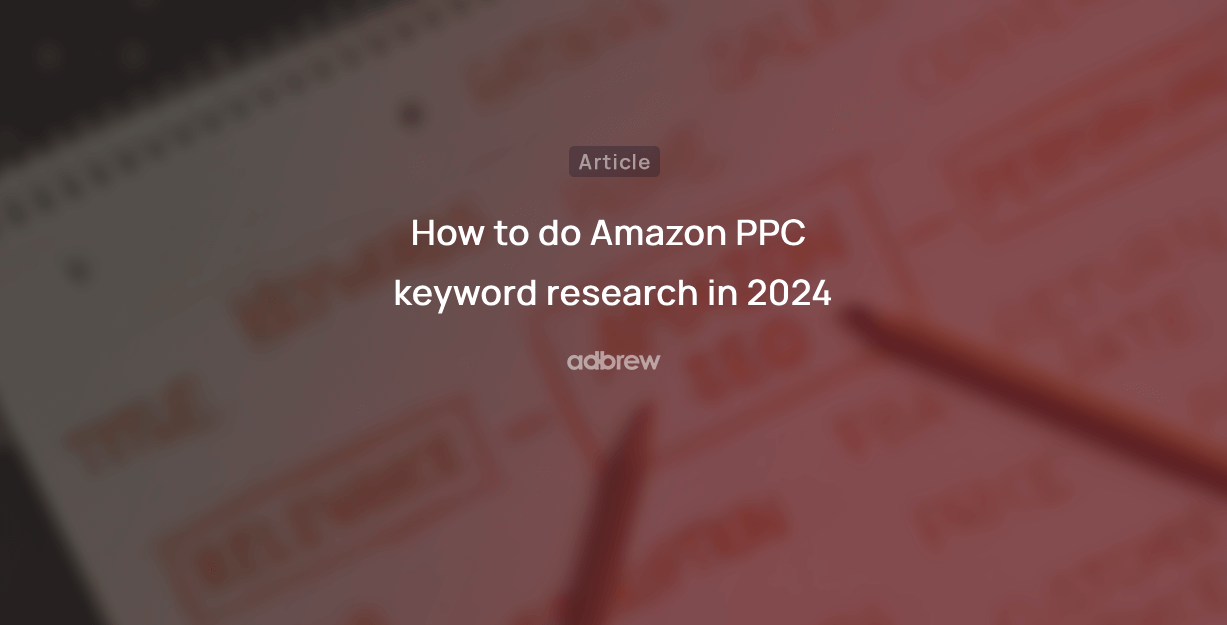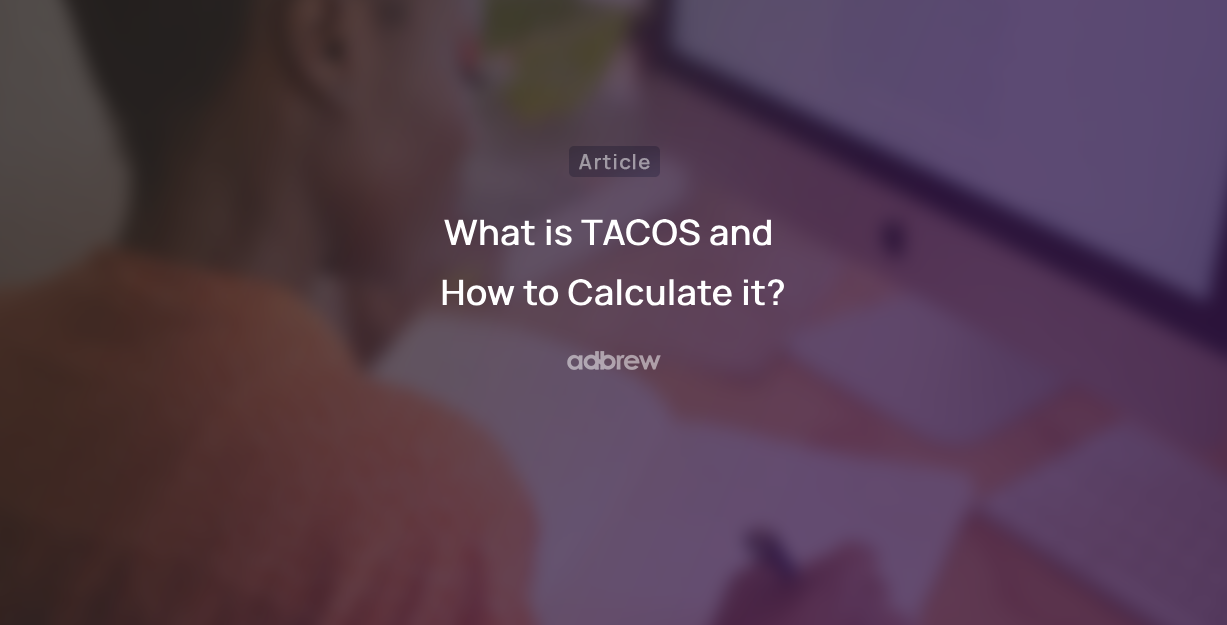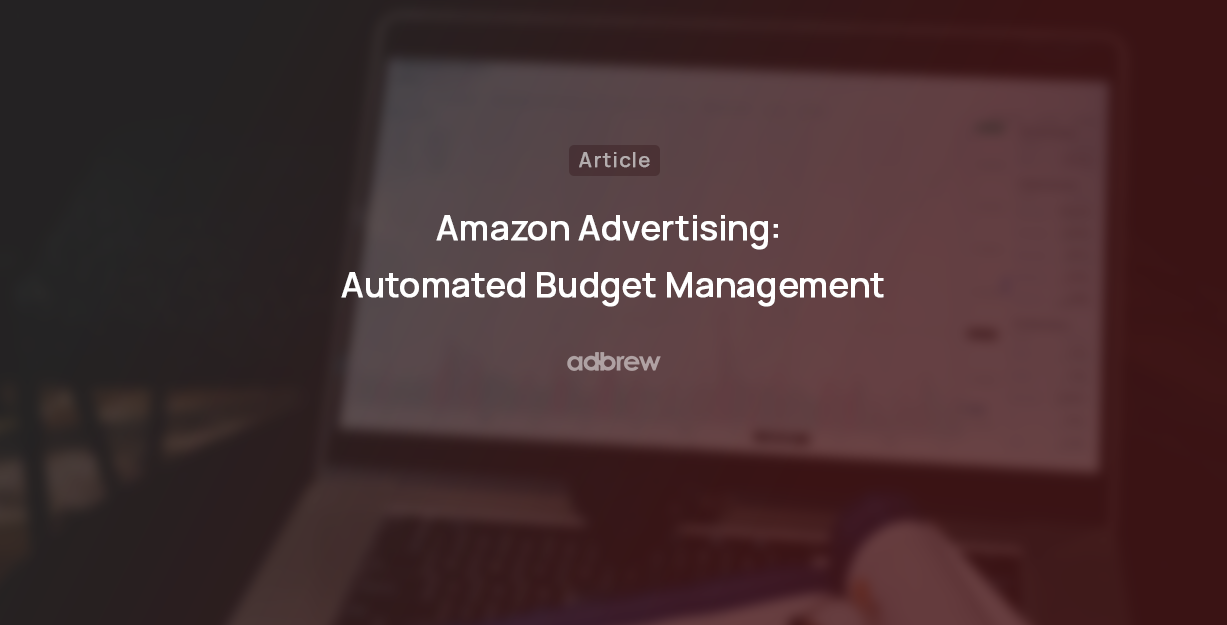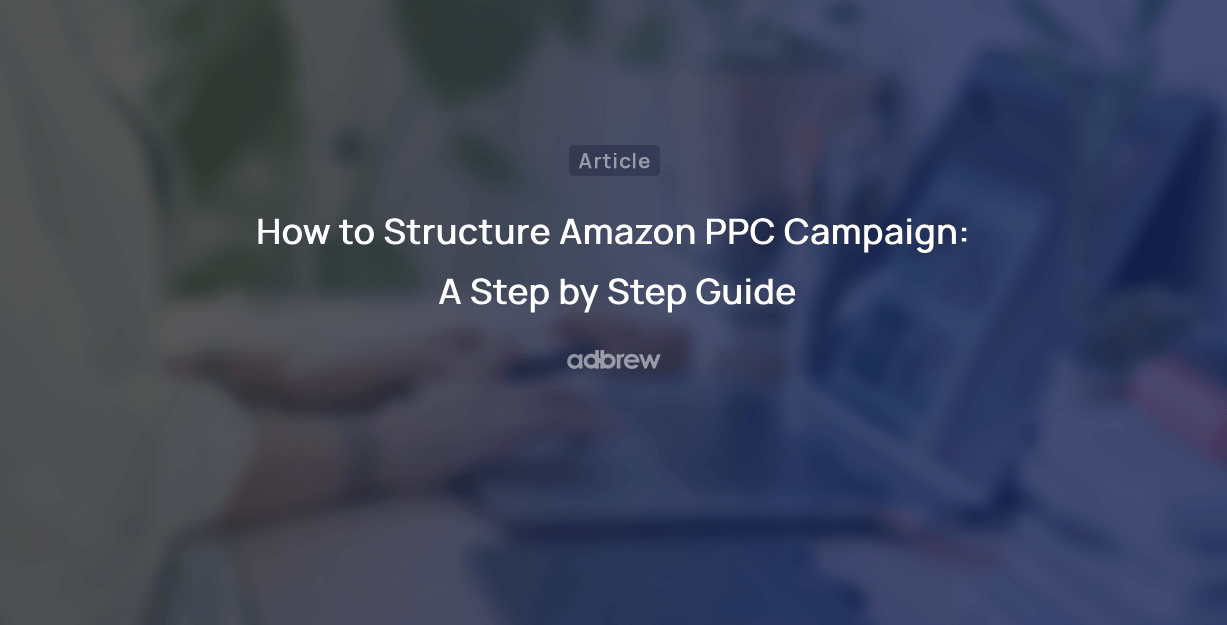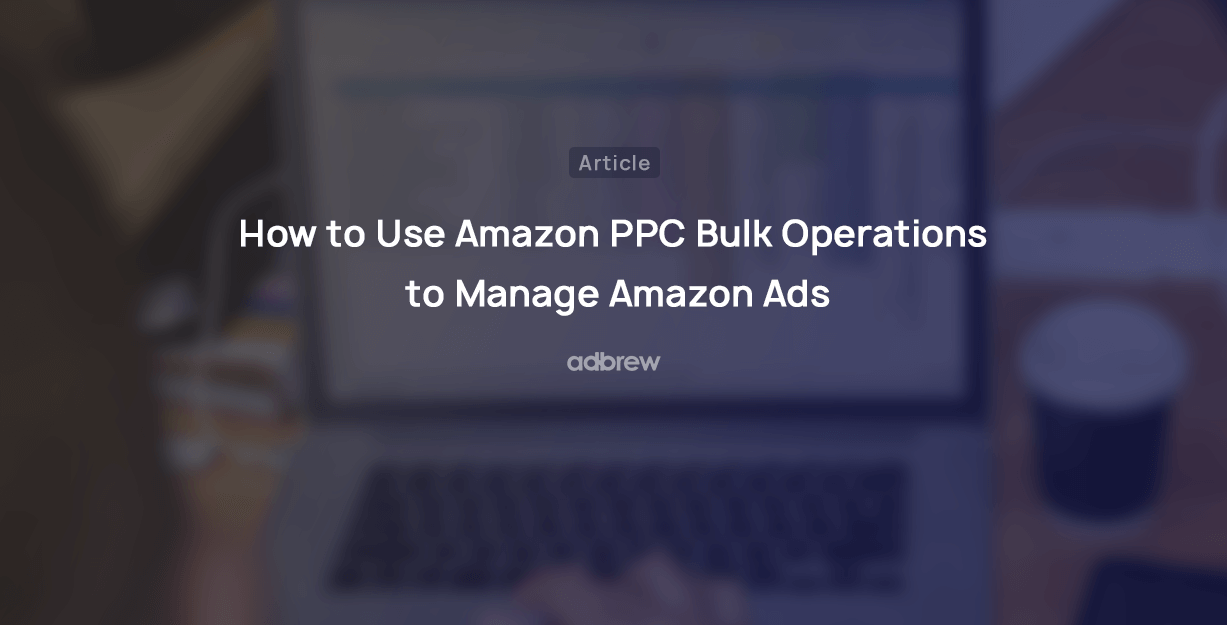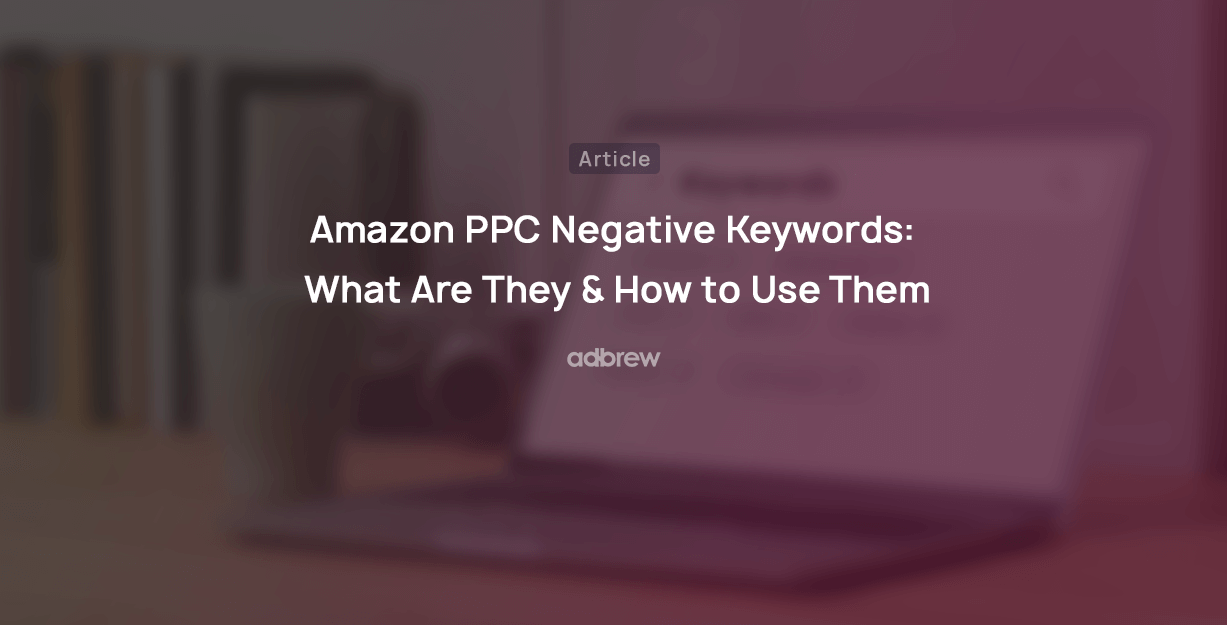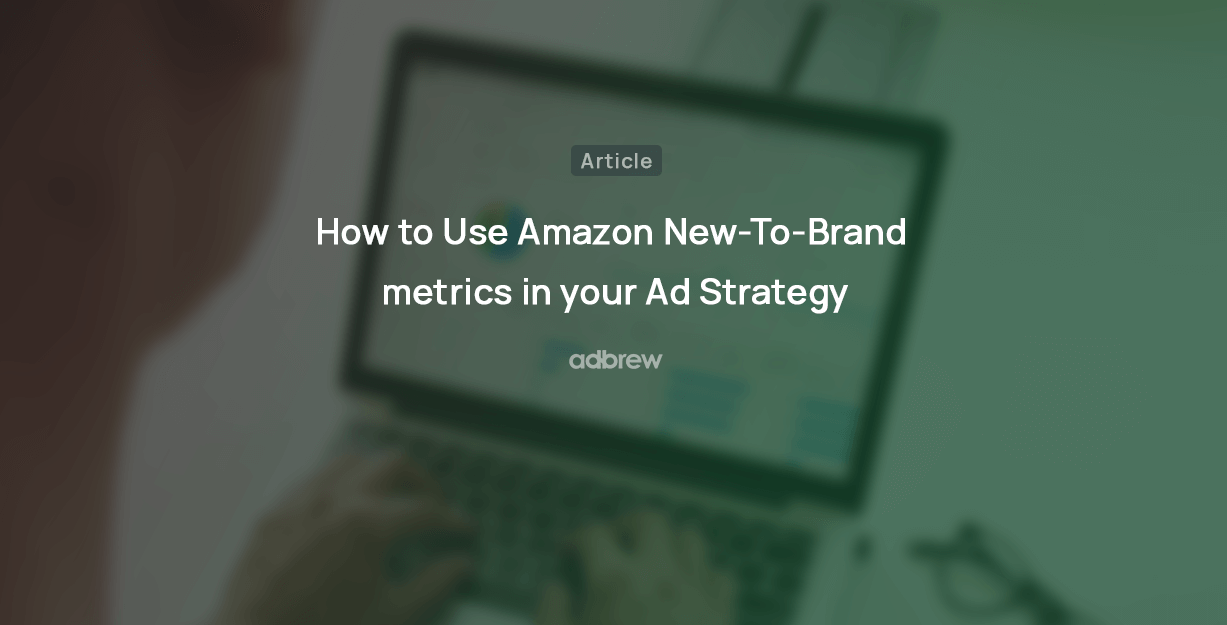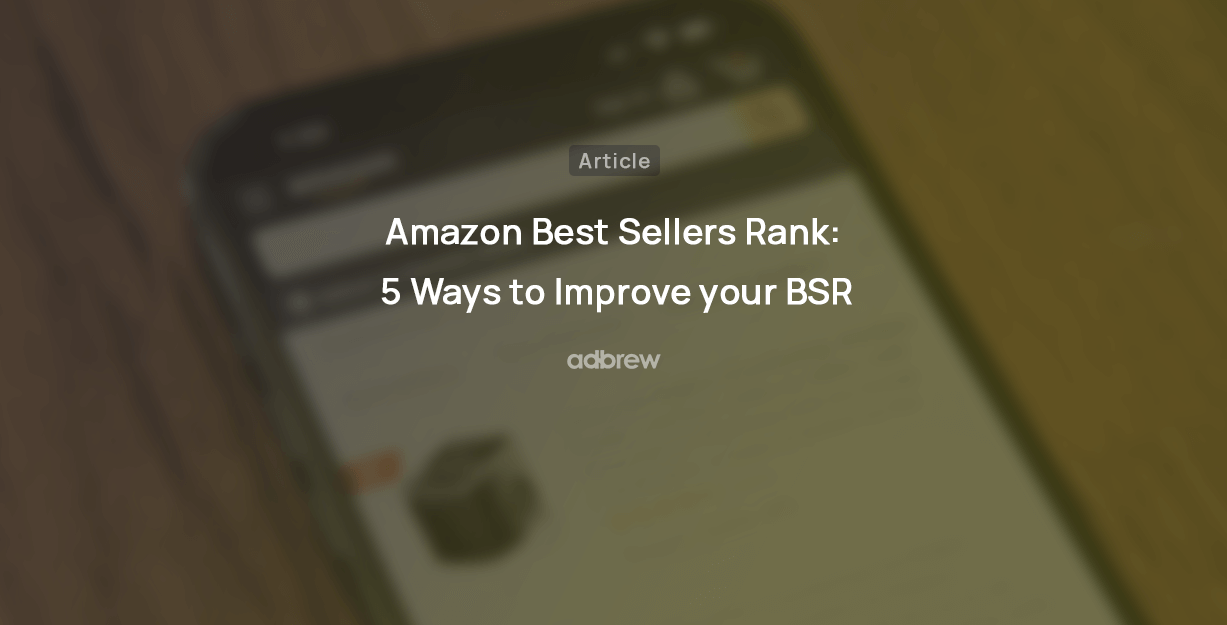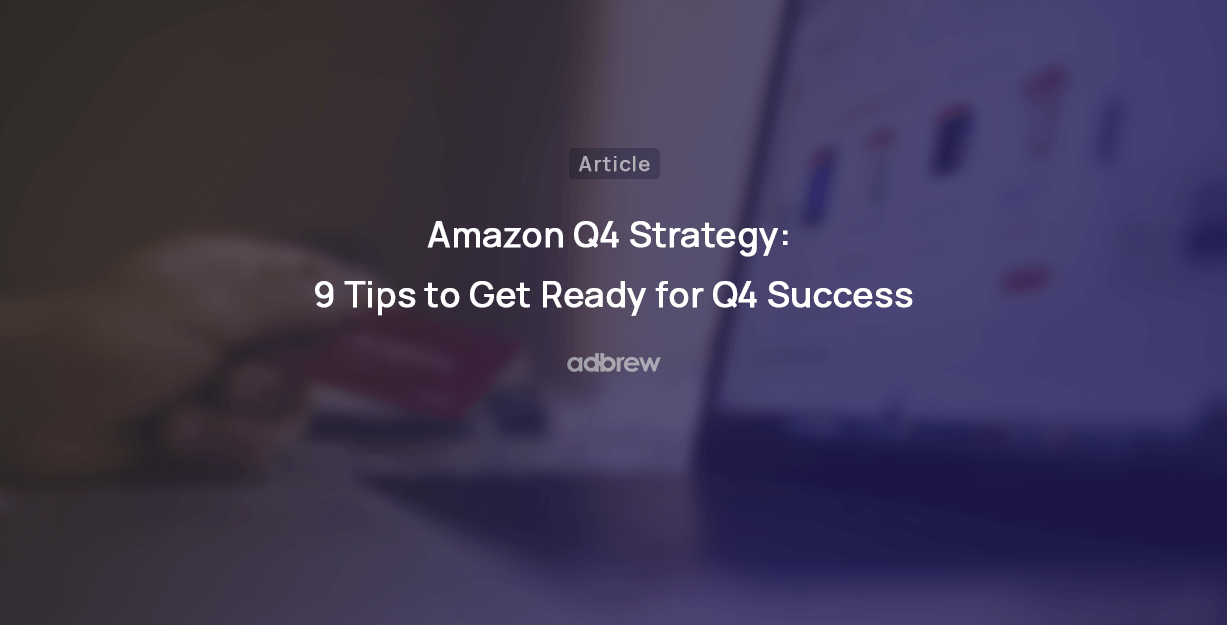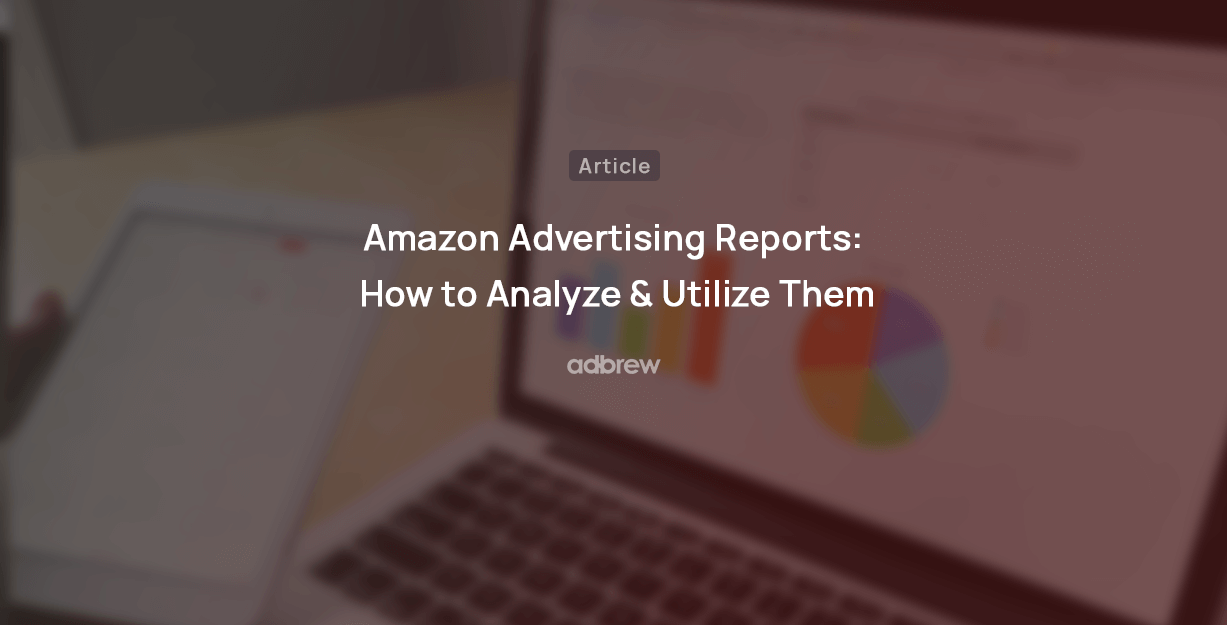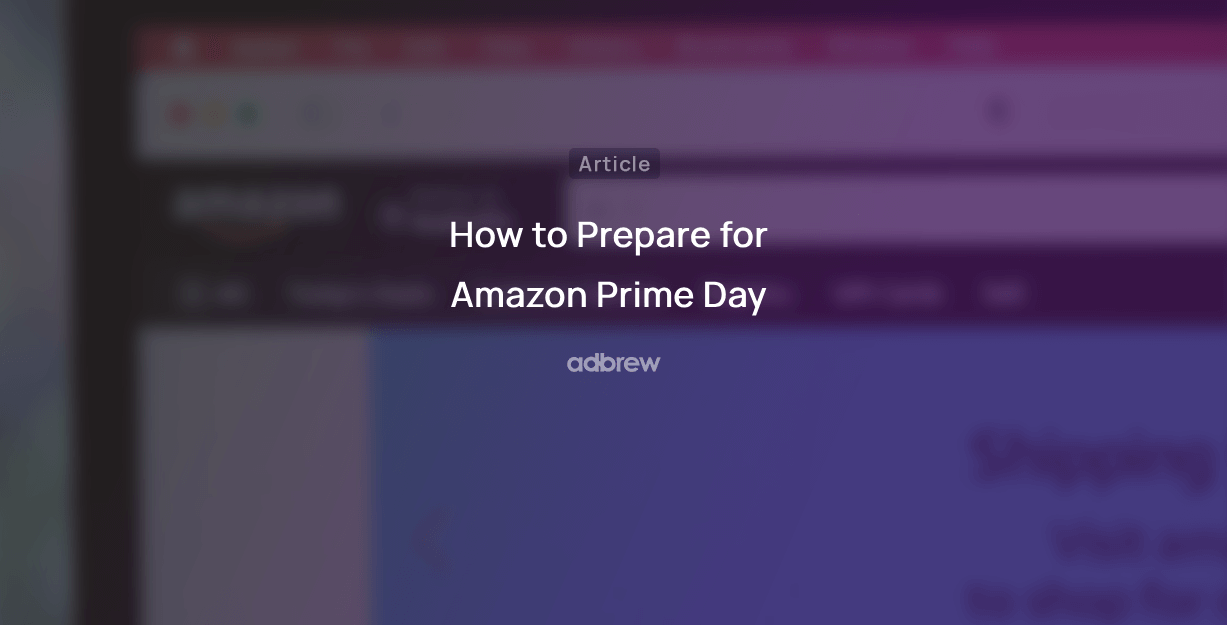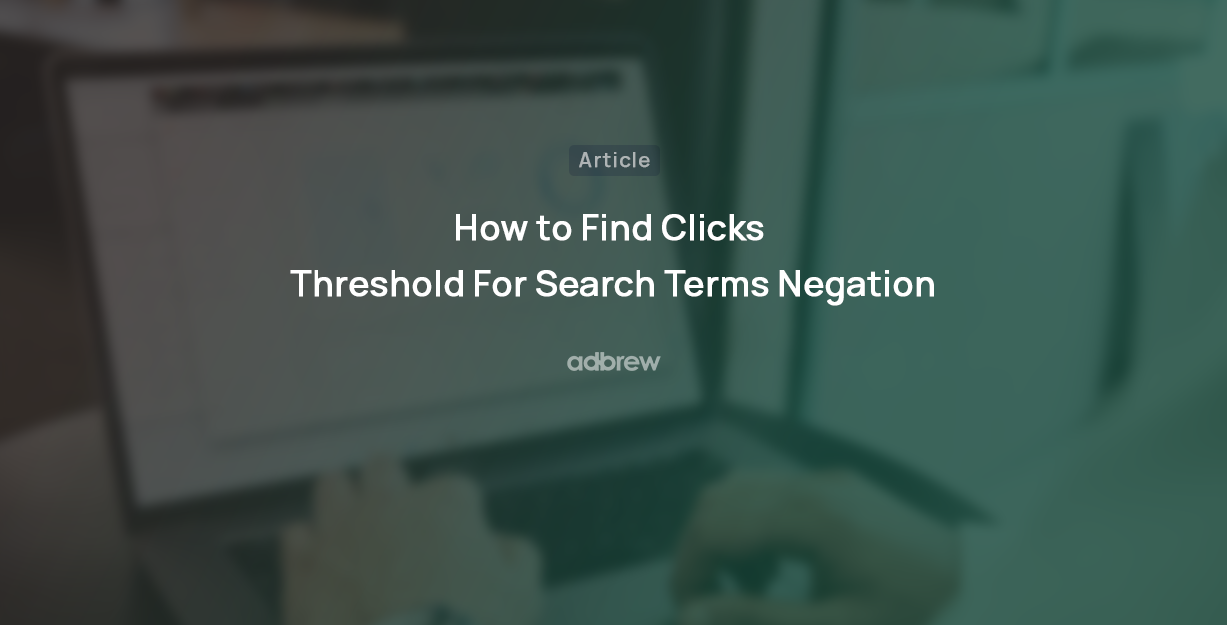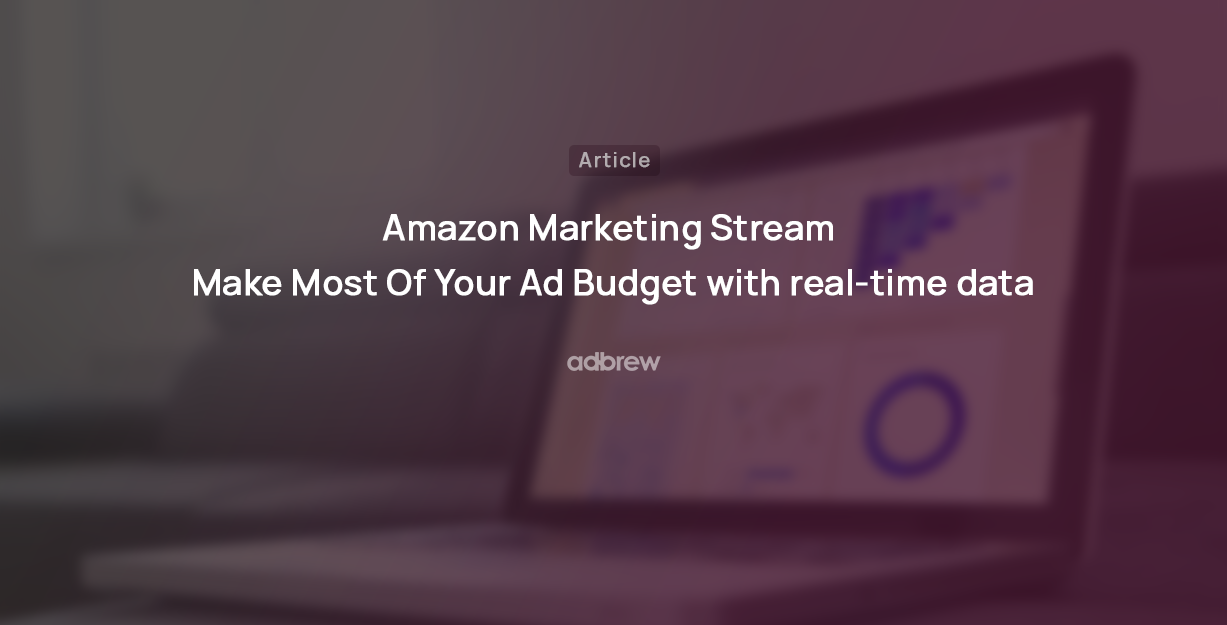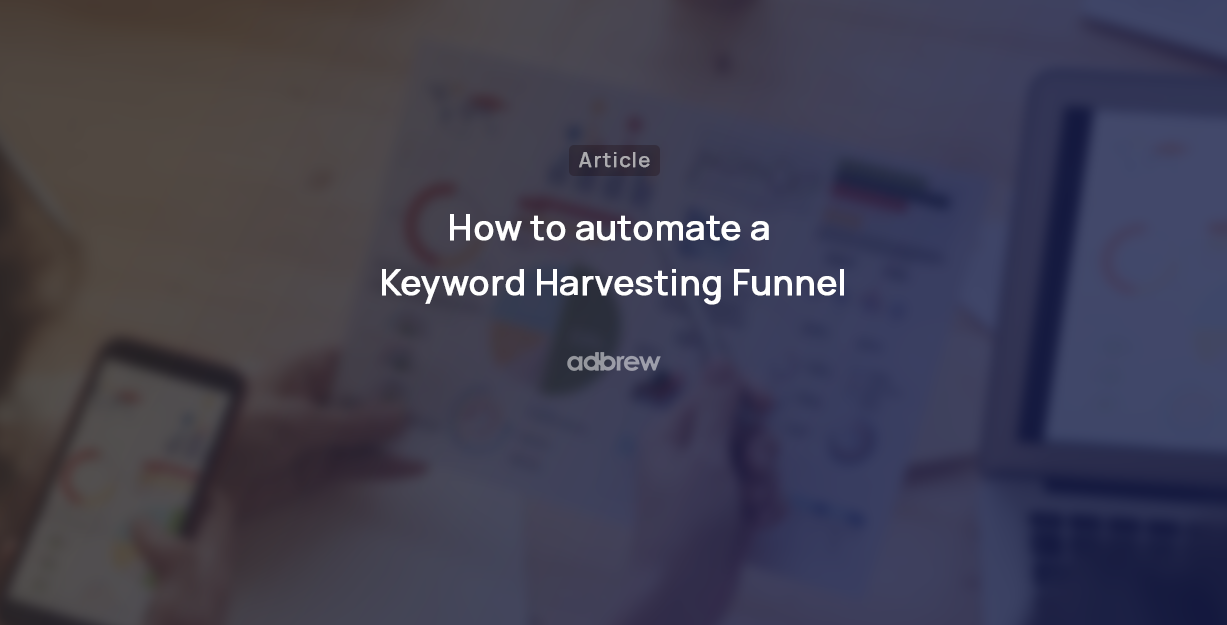
Are you struggling to get the most out of your advertising budget on Amazon?
Do you find that your campaigns have a significantly low conversion rate, leading to a lot of wasted ad spend and higher cost per acquisition?
Imagine if you could use a method that allows you to display your ads to potential customers precisely when they’re most likely to convert.
Yes, that’s what dayparting is all about.
In this blog post, we will discuss what Amazon PPC dayparting is, how it works, and how you can use dayparting to boost sales and your brand.
What is Dayparting?
Dayparting also known as Amazon Ad scheduling is an advanced advertising technique that enables you to adjust your ad campaign’s bids, budget, and placement modifier on an hourly basis.
Benefits of Using Amazon PPC Dayparting
1. Avoid the CPC rush of the initial few hours of the day
Amazon refreshes the budget for all advertisers at midnight sharp. As a result, competition is at its highest during the initial few hours of the day because advertisers have not yet depleted their budgets. Consequently, the cost-per-click (CPC) is also high during this period.
This phenomenon of high CPC during the initial hours of the day is commonly referred to as the ‘CPC bid rush.’ As the day progresses, advertisers with limited budgets begin to run out of funds, which, in turn, lowers the CPC. With dayparting, you can go less aggressive with your bids or even pause your ads during these rush hours to ensure that the majority of your ad campaign budget is used during the hours when CPC is lower.
2. Go aggressive with ads when your customers are more likely to buy
With Amazon Marketing Stream data, you can discover the peak hours and days for your brand when you receive the most orders. For instance, it could be possible that you receive the maximum number of orders during the last 6 hours of the day, or maybe the majority of your shoppers shop on weekends.
Based on such insights, you can create a dayparting strategy to be more aggressive with your bids and budget, maximizing your chances of being discovered by your target audience.
3. Maximize the efficiency of limited ad budget
Do your ad campaigns frequently get out of budget, leaving you with insufficient budget for advertising? In such cases, you can utilize dayparting to run your ads during selected hours of the day and days of the week when they are more likely to drive conversions for your brand. This practice will ensure that your limited ad budget is being used most effectively.
Dayparting with Hourly Performance Data
Gone are the days when people used to create their dayparting strategy based on a general consumer behavior assumption. Not all shoppers are the same, and neither do they always behave similarly. This is why previously, dayparting schedules created based on assumptions didn’t work for all brands.
With the introduction of Amazon’s marketing stream, Amazon provides your campaign’s performance data, such as ad spend, sales, ACOS, CPC, CVR, etc., on an hourly granularity.
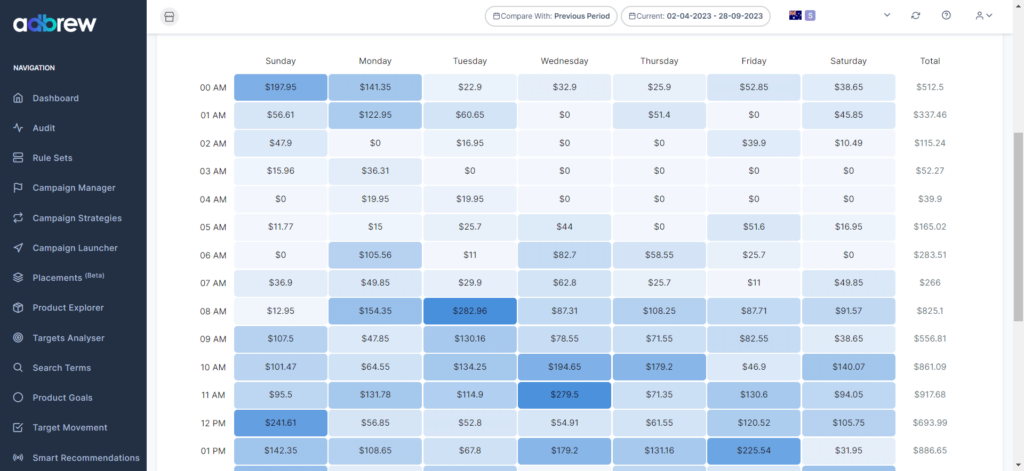
What does this mean for you?
Well, now, you can study your customer’s shopping behavior to understand when they are just window shopping, when they are buying your product, when they are not seeing your ad at all and much more.
Once you have this understanding, you can leverage dayparting capabilities to increase and decrease your bids and budget on an hourly granularity.
Amazon PPC Dayparting With Amazon Bid Schedule Rule.
Amazon recently introduced a feature called ‘Bid Schedule Rule’ that lets you set up rules to increase your bids by a certain percentage for specific days and times.
Here is how it works:
Step 1: Open the campaign for which you want to set up the bid schedule.
Step 2: Navigate to the campaign settings tab from the left menu.
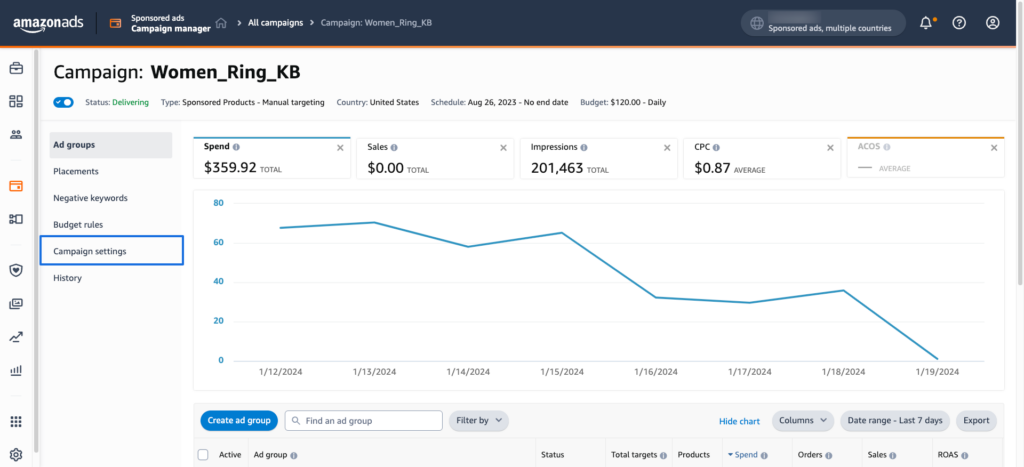
Step 3: Under the bidding strategy option, click on ‘Add Schedule Rule.’
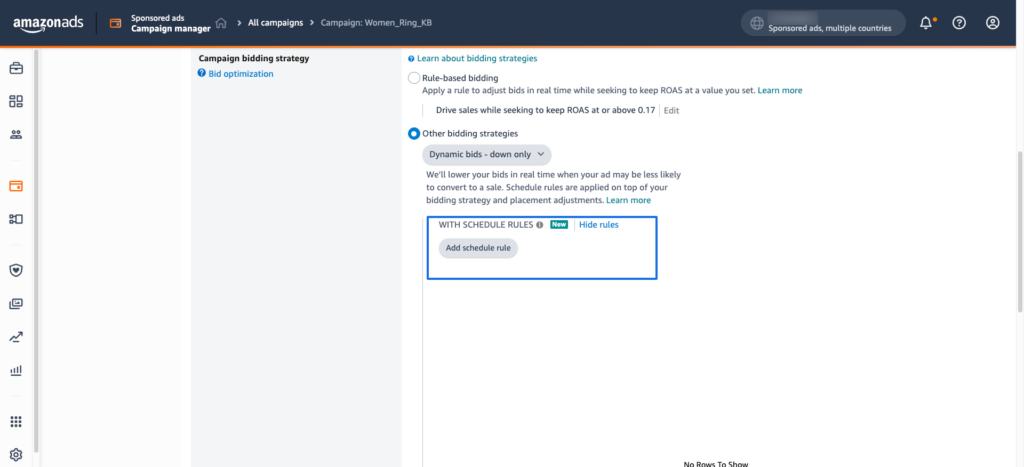
Step 4: Now, first, select the date range for which you want the rule to run.
Step 5: Then, choose whether you want to run the rule daily or weekly.
Step 6: Next, choose whether you want the rule to run for the whole day or the selected hours of the day.
Step 7: Enter the percentage by which you want to increase the bids.
Step 8: Finally, give it a name and save the rule.
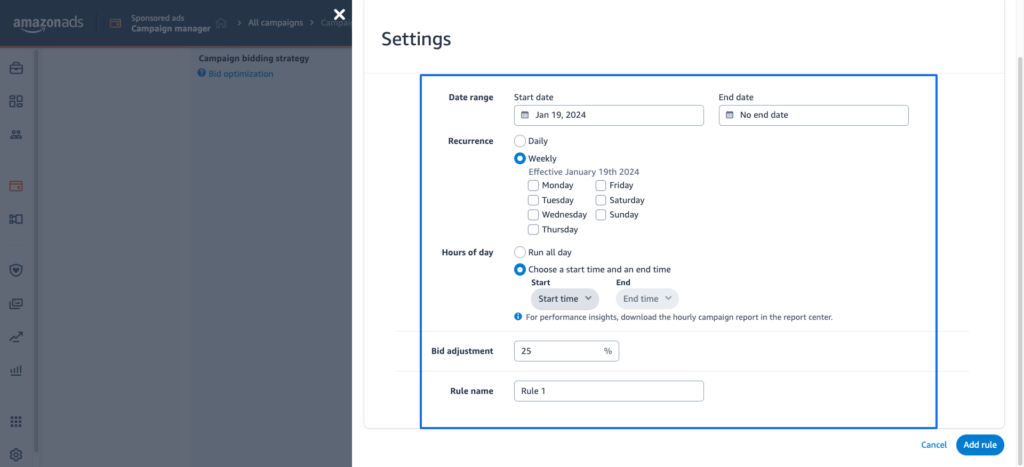
Now, Amazon will automatically increase the bids in your campaign by the specified percentage on set days and hours of the day.
Limitation of Amazon Bid Schedule Rule
While Amazon Bid Schedule Rules offer exciting possibilities for optimizing your Sponsored Products campaigns, their limitations can sometimes throw a wrench in your plans.
One-Way Street: Bid Up, But Not Down
The most glaring limitation is the inability to decrease bids during low-performance periods. This means you’re stuck paying potentially inflated prices for ad impressions even when conversions are abysmal.
Imagine scheduling a 20% bid increase for your peak hours, only to find yourself draining your budget during a midday slump. This one-way street can be frustrating, especially when you’re managing a large portfolio of campaigns.
Only for Sponsored Products Ads
Currently, the feature is only accessible for Sponsored Products campaigns. This implies that you cannot apply it to your Sponsored Brands or Sponsored Display campaigns to enhance campaign performance.
Separate Rule for Each Campaign
Currently, each campaign requires its own independent Bid Schedule Rule. This translates to navigating through each campaign individually to create and tweak rules, which becomes a significant time investment, especially for managers juggling numerous campaigns.
Set Up Dayparting Using Adbrew
Adbrew dayparting capabilities remove all of these limitations as it lets you create one single bid schedule and apply the schedule to as many Sponsored Products, Sponsored Brands, or Sponsored Display campaigns as you want.
All you need to do is simply specify the multiplier that you want to use and link the rule with your campaigns.
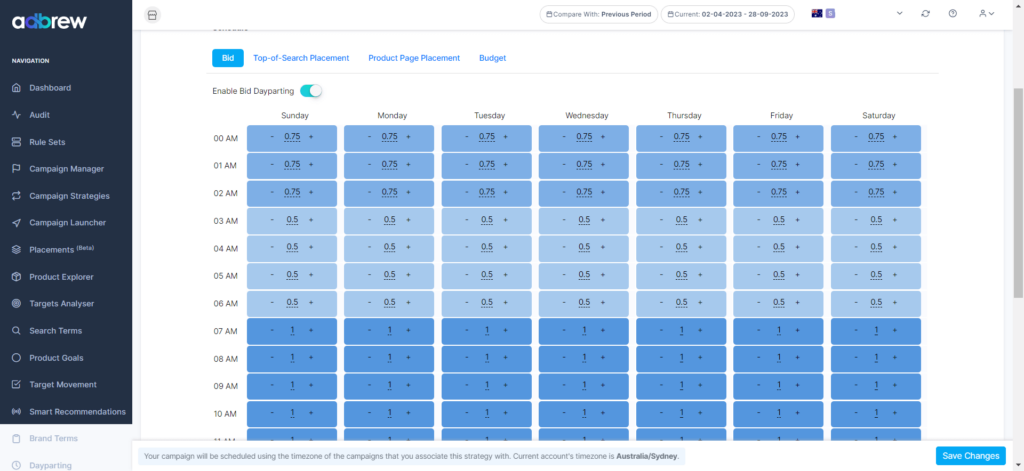
In the above example, the bid is set to be reduced by 25% in the first 3 hours of the day, 50% in the next 4 hours, and then reverted to the base bid from 7 AM.
The best part? You can create a similar dayparting strategy for the campaign budget and placement modifier.

Create Auto Dayparting Strategy with Adbrew
You no longer need to manually analyze your campaign’s hourly performance data to find the optimal hours of the day and set up a dayparting strategy.
Adbrew AI algorithm can automatically analyze your campaign’s hourly performance data and develop a dayparting strategy based on your brand’s goals.
For example, if your goal is to improve the ROAS or get more sales from your Amazon advertising campaigns, the system will automatically identify the hours to increase and decrease bids to maximize ROAS or Sales.
Ready to get started with Adbrew?
Adbrew provides cutting-edge automation, expertly curated strategies, and data-driven insights for brands to thrive on Amazon.
Final Thought on Amazon PPC dayparting
In conclusion, crafting a dayparting ad strategy that aligns with your campaign’s real-time hourly performance can be a game-changer in maximizing the efficiency of your advertising budget. By meticulously analyzing and adapting to how your target customers behave throughout the day, you can boost your ROI and ensure that your marketing efforts reach the right audience at the right time.
Frequently Asked Questions:
What is Amazon Retail Analytics Reporting?
Amazon Retail Analytics Reporting is a suite of tools and reports designed to help vendors (businesses that sell their products to Amazon in bulk) gain insights into their performance on the Amazon marketplace. It provides data on sales, inventory, traffic, forecasting, sales history, and profitability for each ASIN (Amazon Standard Identification Number) they sell.
What are some specific ways I can use dayparting to decrease ad spending?
Reduce bids during off-peak hours: Analyze your historical data to identify the times of day or days of the week when your ads perform poorly. During these periods, lower your bids to minimize unnecessary spending.
Schedule campaign pauses: If you see consistently low performance during specific times, consider completely pausing your campaigns during those periods. This is a more aggressive approach, but it can be effective for products with very clear peak times.
How often should I adjust my dayparting strategy?
Consumer behavior and seasonal trends can shift. Regularly monitor your data and adjust your schedule as needed. Consider testing different adjustments over time to find the sweet spot for both maximizing conversions and decreasing unnecessary ad spending.
Is dayparting only for high-volume sellers?
No! Even with limited budgets, dayparting can be valuable. Start with small adjustments during peak and off-peak hours to see if there’s a significant difference. This can help you allocate your ad spending more strategically, even with lower overall volume.
Recent Posts
Take your Amazon PPC advertising to the next level

Related Blogs
Running Amazon ads with an empty shelf? You might as well be burning cash. Many sellers focus on optimizing bids, […]
In today’s competitive digital landscape, growing your eCommerce brand requires more than just a standalone website or a single marketplace […]
Are you an Amazon seller looking to offload excess inventory or seasonal items? The Amazon Outlet program might be just […]
Turning your bookshelf into a source of income has never been easier, thanks to Amazon. If you have books collecting […]
If you’re an Amazon seller, encountering an account suspension or policy violation can be a significant setback. But with the […]
Introduction Amazon dropshipping is an increasingly popular way to run an e-commerce business without the need to store or ship […]
Introduction The Amazon Influencer Program is a great way for content creators to turn their influence into earnings. This program […]
Introduction Amazon Kindle Direct Publishing (KDP) is a platform that allows authors to self-publish their work as ebooks or print […]
Selling on Amazon offers many opportunities for businesses, but it’s essential to understand the costs involved with Fulfillment by Amazon […]
Walmart is quickly becoming a popular platform for brands and sellers to connect with more customers. One way to boost […]
In today’s competitive retail landscape, reaching the right audience at the right time is crucial for success. Walmart’s Demand Side […]
In today’s fast-paced eCommerce landscape, shoppers demand speedy delivery. Walmart has responded by offering 2-day shipping, giving sellers on the […]
Running successful Walmart advertising campaigns takes more than just setting them up—it requires ongoing optimization. A Walmart PPC (Pay-Per-Click) audit […]
Are you ready to tap into the massive potential of Walmart Marketplace? With millions of daily visitors and a loyal […]
In the world of e-commerce, Amazon and Walmart reign supreme, dominating the retail landscape. These two giants offer vast opportunities […]
Are you a brand owner struggling to maintain control over your products on Walmart? The Walmart Brand Portal is here […]
Are you dreaming of a passive income stream from your Walmart store? The allure of an automated Walmart store with […]
Are you a seller looking to tap into the massive market of private-label brands? Walmart, one of the world’s largest […]
Tired of your Walmart products getting lost in the shuffle? In this blog post, we’ll dive into the essential strategies […]
Ever wondered why some Amazon sellers seem to have a magic touch with product bundles? It’s not luck—it’s strategy. Bundling […]
If you’re a Walmart seller looking to grow your business through retail media, Walmart Connect could be a game-changer. But […]
If you’re an Amazon seller, you may have noticed a portion of your inventory marked as “reserved” without knowing exactly […]
Have you ever wondered what managing your own Amazon orders is like? Switching from Fulfilled by Amazon (FBA) to Fulfilled […]
Walmart Marketplace offers an exciting opportunity for sellers to reach a vast audience by listing their products on Walmart’s platform. […]
Selling products on online marketplaces has become a vital strategy for businesses to reach more customers. If you’re looking to […]
Are you a Walmart seller aiming to improve your visibility and sales? In this blog, we will explore Walmart SEO, […]
As an Amazon brand owner, maintaining control over your product listings is essential to protect your brand’s reputation and customer […]
Improving your sales on Walmart starts with understanding how to consistently win the Buy Box. Securing this position can make […]
Are you an Amazon seller struggling to increase your rating? A high seller rating is crucial for attracting new customers […]
As an Amazon seller, providing the best customer service is paramount to maintaining a positive customer experience. One key metric […]
If you’re an Amazon seller and curious about Amazon IPI score and its impact on your business, this blog post […]
Introduction Starting an Amazon subscription box business presents a unique opportunity to tap into the growing trend of curated, recurring […]
Thinking about using Fulfillment by Amazon (FBA) to sell on the Amazon marketplace? Awesome! But before you box up your […]
Thinking about using Fulfillment by Amazon (FBA) to streamline your Amazon business? While FBA offers a convenient way to store […]
For FBA sellers, the Amazon Buy Box is the holy grail of product visibility. But with constant algorithm updates and […]
Have you ever wished you could offer customers pre-made packages of complementary products without the hassle of physically bundling them […]
Have you ever wanted to create a more branded and engaging presence for your products on Amazon? An Amazon storefront […]
Are you storing items on Amazon for a while? If so, it’s important to be aware of Amazon long term […]
When selling products on Amazon, it is crucial to follow their packaging requirements, rules, and guidelines. Proper packaging ensures that […]
Amazon A/B testing can significantly enhance your product listings and boost sales. This method, also known as split testing, involves […]
Have you ever browsed Amazon and stumbled upon a product with a little blue badge that reads “Amazon’s Choice“? It […]
Amazon FBA vs FBM needs to be explored, when we ship products and handle orders while selling on Amazon. With […]
Ever feel like you’re missing something in your Amazon PPC Search Terms report? You might be! Sure, they show what […]
Amazon can be a fantastic platform to reach new customers, but keeping your virtual shelves stocked can get tricky. That’s […]
Navigating Amazon as a new seller can be tough, but there are tools and programs available to help such as […]
Have you ever scrolled through an Amazon search result page and noticed product recommendations nestled alongside the standard listings? These […]
Finding time for yourself while selling on a competitive marketplace like Amazon can be challenging. As a seller, your main […]
Starting an E-commerce business has become quite easy with Amazon, but it also brings heavy competition. Millions of Amazon sellers […]
As an Amazon seller, you know the importance of getting your products seen. But with millions of listings, how do […]
Ever scrutinized an Amazon product page and noticed the cryptic “Sales Rank”? Wondering what it means and how it impacts […]
Millions of products compete for customer attention on Amazon’s search results page, making it tough for your brand to stand […]
Are you selling products on Amazon and looking to increase your sales? This blog is for you. We’ll share tips […]
Are you an Amazon seller looking to boost your brand visibility and profitability? Are you feeling stuck in the cycle […]
Ever wonder what drives your online shopping habits? Perhaps a captivating product description, or an eye-catching professional photo? As it […]
For any seller on Amazon, understanding the A9 algorithm is crucial for success. This complex algorithm dictates which products appear […]
Are you an Amazon seller looking to turn those single purchases into recurring revenue? Look no further than the Subscribe […]
Amazon has become a go-to platform for all e-commerce business owners to launch and scale their e-commerce brands online. But […]
Mother’s Day, a time to celebrate the incredible women who raised us, is a prime opportunity for Amazon sellers to […]
In the ever-competitive landscape of Amazon, ranking high in organic search results is crucial for driving sales. While you might […]
If you’ve ever found yourself scratching your head over Sessions and Pageviews on your Amazon business reports, you’re not alone. At […]
Amazon is a massive marketplace, attracting millions of customers with diverse needs, preferences, budgets, and mindsets for shopping. To effectively […]
With Amazon boasting over $575 billion in retail sales for 2023, it’s no wonder so many sellers flock to its […]
Advertising on Amazon through pay-per-click campaigns can significantly enhance product visibility and sales for sellers. However, mastering Amazon PPC, with […]
Have you heard of the terms copyright infringement and plagiarism? If so, then Amazon Brand gating won’t be unfamiliar to […]
If you are running ads on Amazon, you’ll come across a sea of data in your advertising console. But does […]
Have you heard of the terms copyright infringement and plagiarism? If so, then Amazon Brand gating won’t be unfamiliar to […]
In the fast-paced world of e-commerce, where shoppers are bombarded with choices, standing out on platforms like Amazon is paramount […]
Are you planning to start an Amazon FBA store? If so, you’ll encounter a unique term – FNSKU. This seemingly […]
As an Amazon seller, you understand the power of reviews. They’re the lifeblood of trust and conversion on the platform. […]
Are you struggling to get Amazon reviews on your product? Well, you are not alone! Reviews are the backbone of […]
Are you tired of bland Amazon product listings failing to grab attention? In today’s competitive online marketplace, standing out is […]
As an Amazon seller, understanding how your brand performs throughout the customer journey is vital for success. However, until recently, […]
As an Amazon seller, optimizing your business and maximizing profits relies heavily on data analysis. One invaluable tool for gaining […]
Are you struggling to get noticed on Amazon’s massive platform? Do your products get lost in a sea of similar […]
For any Amazon seller getting into the world of sponsored advertising, understanding the Advertising Cost of Sale (ACoS) is crucial. […]
A well-executed Amazon product launch strategy can be the key to unlocking success and gaining a competitive edge. As the […]
In the ever-evolving landscape of e-commerce, distinguishing between keywords and search terms is vital for optimizing product visibility and driving […]
Ever felt like you are throwing darts in the dark when it comes to your marketing efforts outside Amazon for […]
Amazon, the e-commerce giant, has successfully concluded a robust business year with outstanding performance in quarter 4. The most recent […]
Picture this: you have a great product on Amazon, but it’s not selling well despite having attractive images and a […]
The advertising landscape is evolving, and viewers are rapidly migrating from traditional cable TV to streaming platforms. This presents a […]
Feeling lost in the Amazon discount jungle? Struggling to reach the right customers and entice them to make the purchase? […]
Are your products getting lost in the vast ocean of Amazon listings? Do you want them to stand out, rank higher, […]
For years, Amazon sellers were in the dark. They couldn’t see what keywords customers were using to find their products, […]
Selling on Amazon can be tough with so many others doing the same in your category. That’s why it’s super […]
For Amazon sellers, understanding their customers has often felt like navigating a maze without a map. The missing link? A […]
Have you ever felt like your Amazon advertising campaigns are lost in a tangled jungle of keywords? You’re not alone. […]
When did you last give your Amazon PPC account a checkup? Regular Amazon PPC audits are crucial to ensure the […]
Embarking on the path of online selling? If so, you’re likely aware that Amazon is your ultimate destination. With a […]
Ever felt like your product is lost in the vast Amazon jungle? You’re not alone. With millions of shoppers actively […]
Amazon Sellers selling on the Amazon marketplace usually utilize Amazon advertising without keeping a close eye on the TACoS metric. […]
The rush of Black Friday and Cyber Monday might be over, but the opportunity for continued sales growth extends beyond […]
In the fierce Amazon advertising domain, where competition rises and costs increase, understanding and keeping track of the right metrics […]
Have you ever felt the frustration of campaigns going out of budget, leading to missing out on potential sales, or, […]
Amazon PPC campaigns can be a powerful tool for driving traffic and sales to your products. However, without proper structure, they […]
Whether you are creating a new advertising campaign or optimizing existing ones, doing it manually from the Amazon ad console […]
Want to know what search terms people use to visit or purchase your product on Amazon? If yes, you’re in […]
When you are spending dollars or even more to get a click on your Amazon ads, you want to ensure […]
Are you an Amazon seller looking to maximize your profits and minimize your advertising costs? If so, you’re not alone. Many […]
Are you exclusively relying on traditional metrics such as CTR, CPC, CVR, or ROAS to make your campaign optimization decisions? […]
Navigating the ever-evolving landscape of Amazon’s online marketplace is essential for any seller looking to thrive on the platform. Among […]
As the holiday season approaches, businesses are gearing up for the highly anticipated Q4 rush. To ensure a successful Q4, […]
Do you regularly review your Amazon advertising reports? If not, you may be missing out on numerous opportunities. Amazon […]
Whether you’ve just launched a new product or have been selling on Amazon for a while, advertising on the platform […]
Amazon PPC bidding strategies that you choose play a significant role in the success of your Amazon Ads campaigns. As […]
Have you ever heard of a “catch-all campaign”? This single campaign can generate extra sales for you at a very […]
Amazon Prime Day is one of the largest global e-commerce sales events, attracting millions of customers worldwide. But how do […]
Are you looking to boost your brand’s visibility and drive more sales on Amazon? Look no further than Amazon Sponsored […]
Succeeding on Amazon in 2024 isn’t easy. Just listing your products and hoping for the best won’t work anymore. You […]
Are you bidding the same amount for all your ad placements on Amazon? If yes, then you’re missing out on […]
Whether you are looking to boost product discovery or target audiences further down the sales funnel who have already engaged […]
We, at Adbrew catalyze millions of dollars of ad spend monthly through our platform, with Sponsored Product Ads being the […]
Do you want to know how many clicks you should give a search term before adding it as negative in […]
Think of your product listing as a guiding light on the Amazon marketplace. It’s your chance to grab attention, tell […]
It is no longer a secret that shopping behavior on Amazon varies over the day. This is the reason why […]
Are you struggling to get the most out of your advertising budget on Amazon? Do you find that your campaigns […]
Ever run an Amazon Ad campaign and wondered why some sales weren’t directly linked to the products you advertised? That’s […]
If you’re managing Amazon PPC ads, it’s essential to have an effective and organized approach for target harvesting and movement. […]













